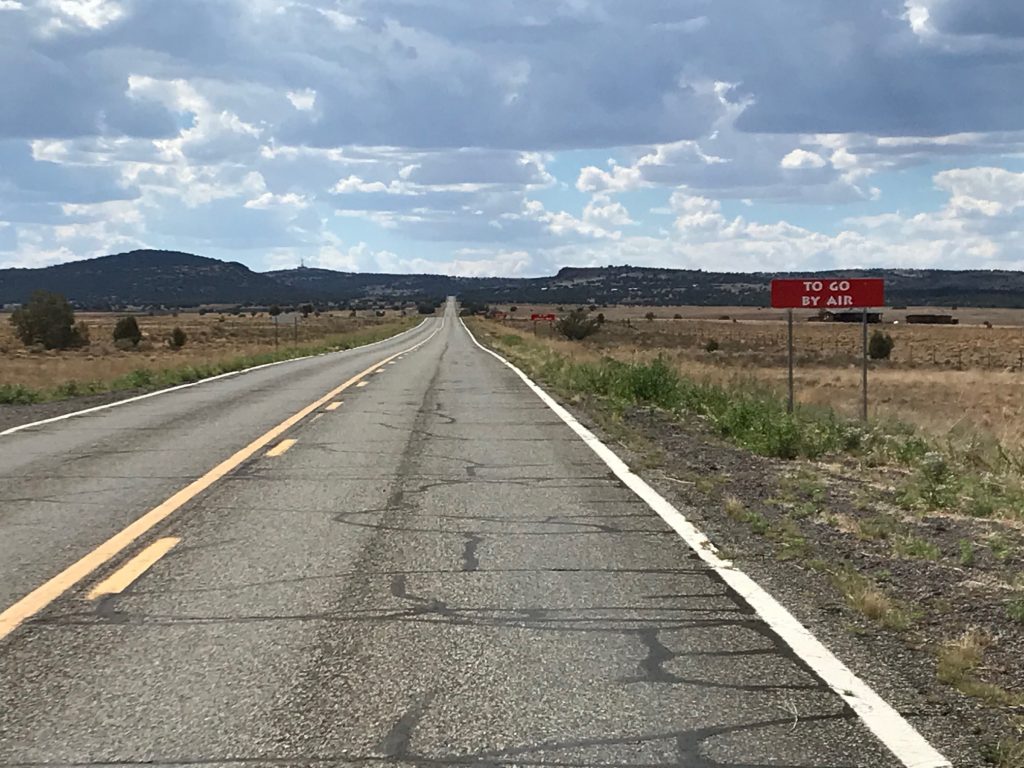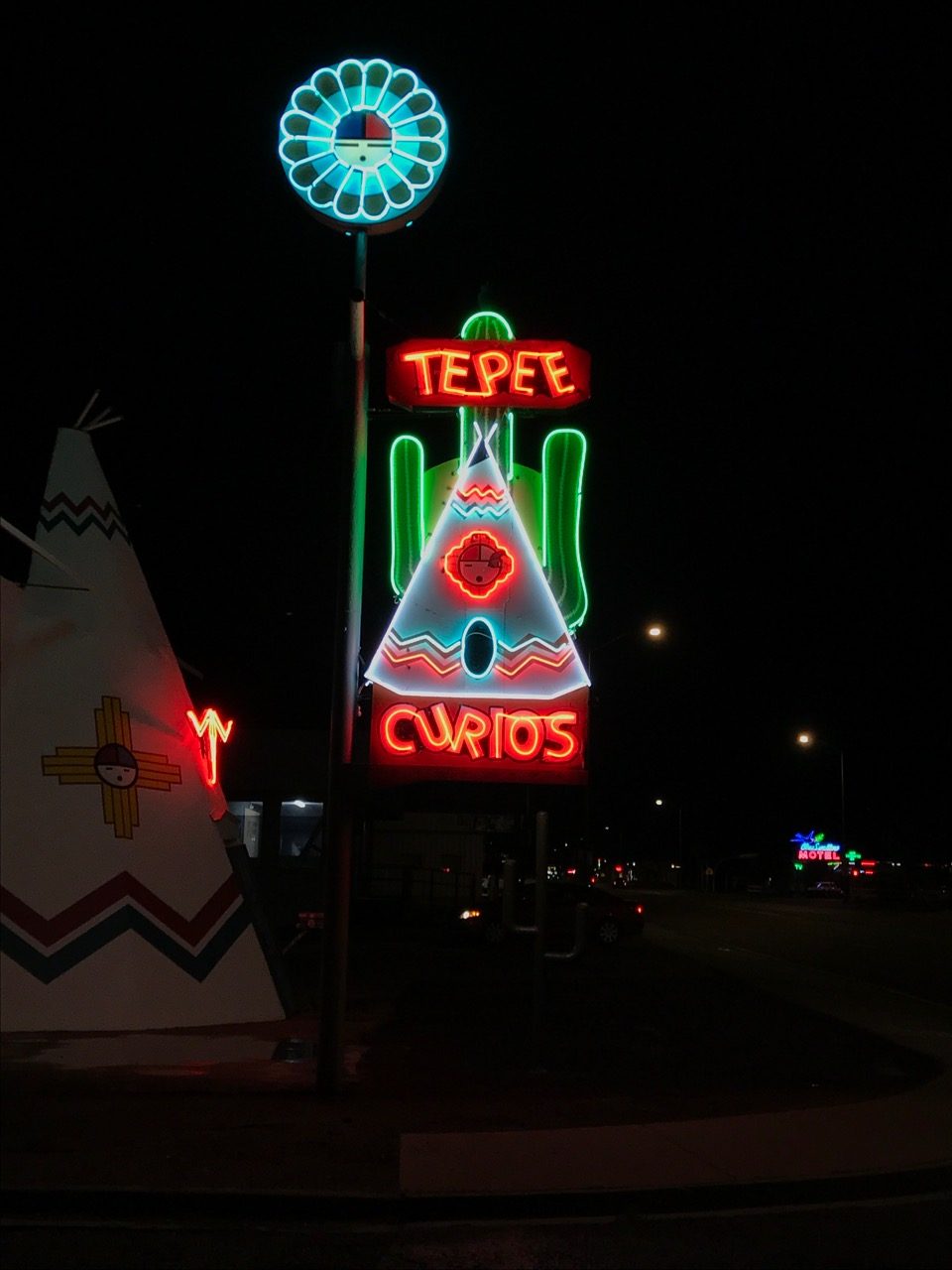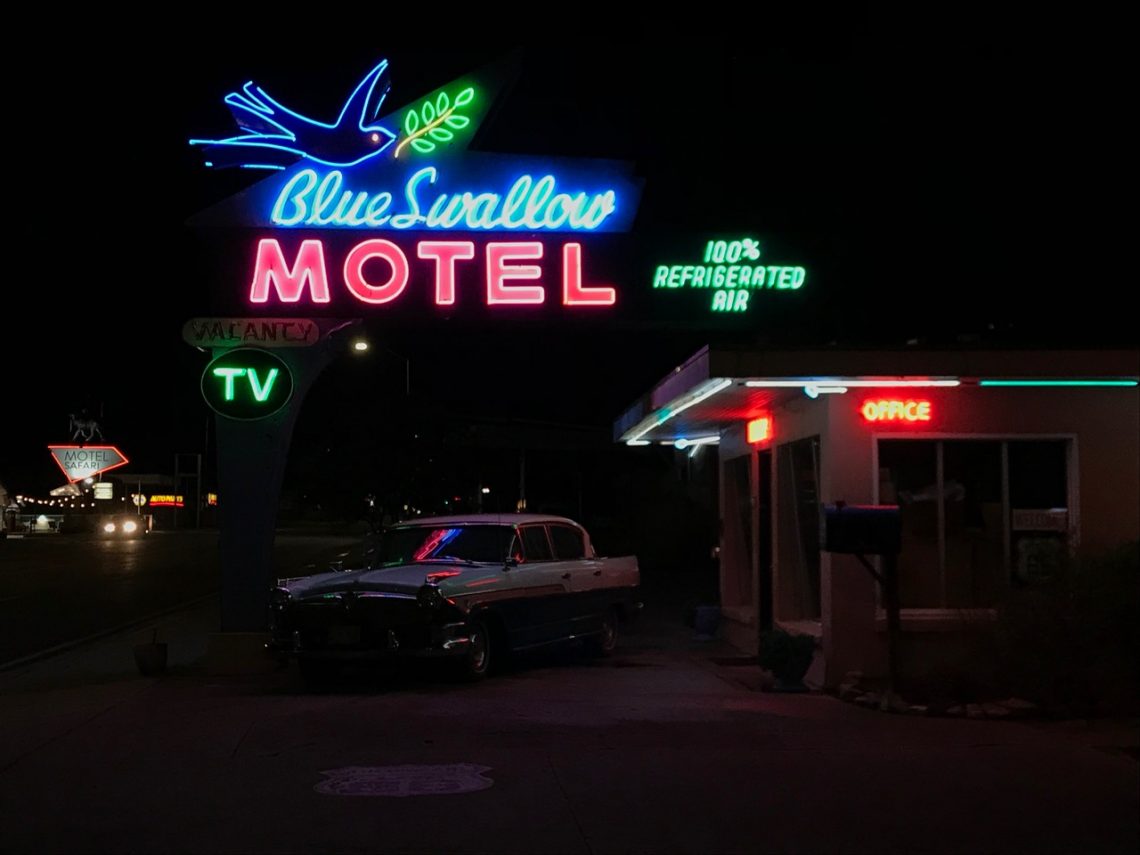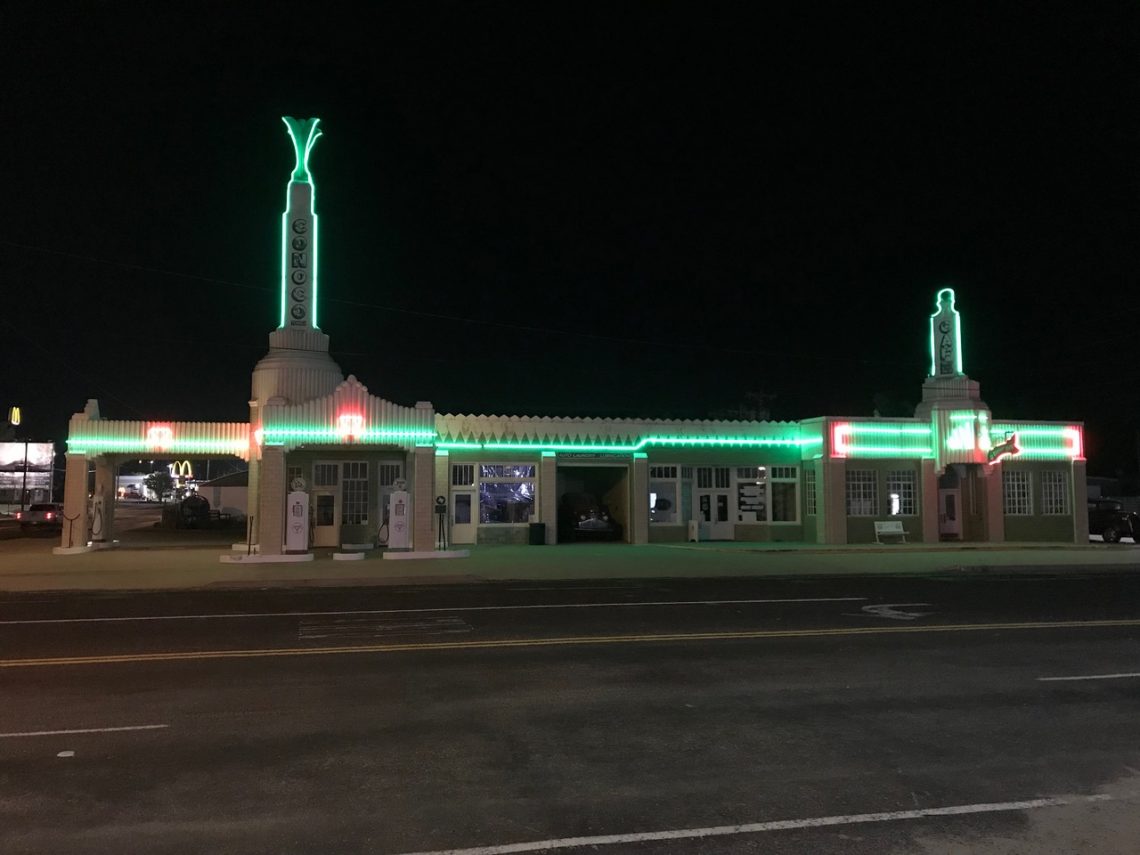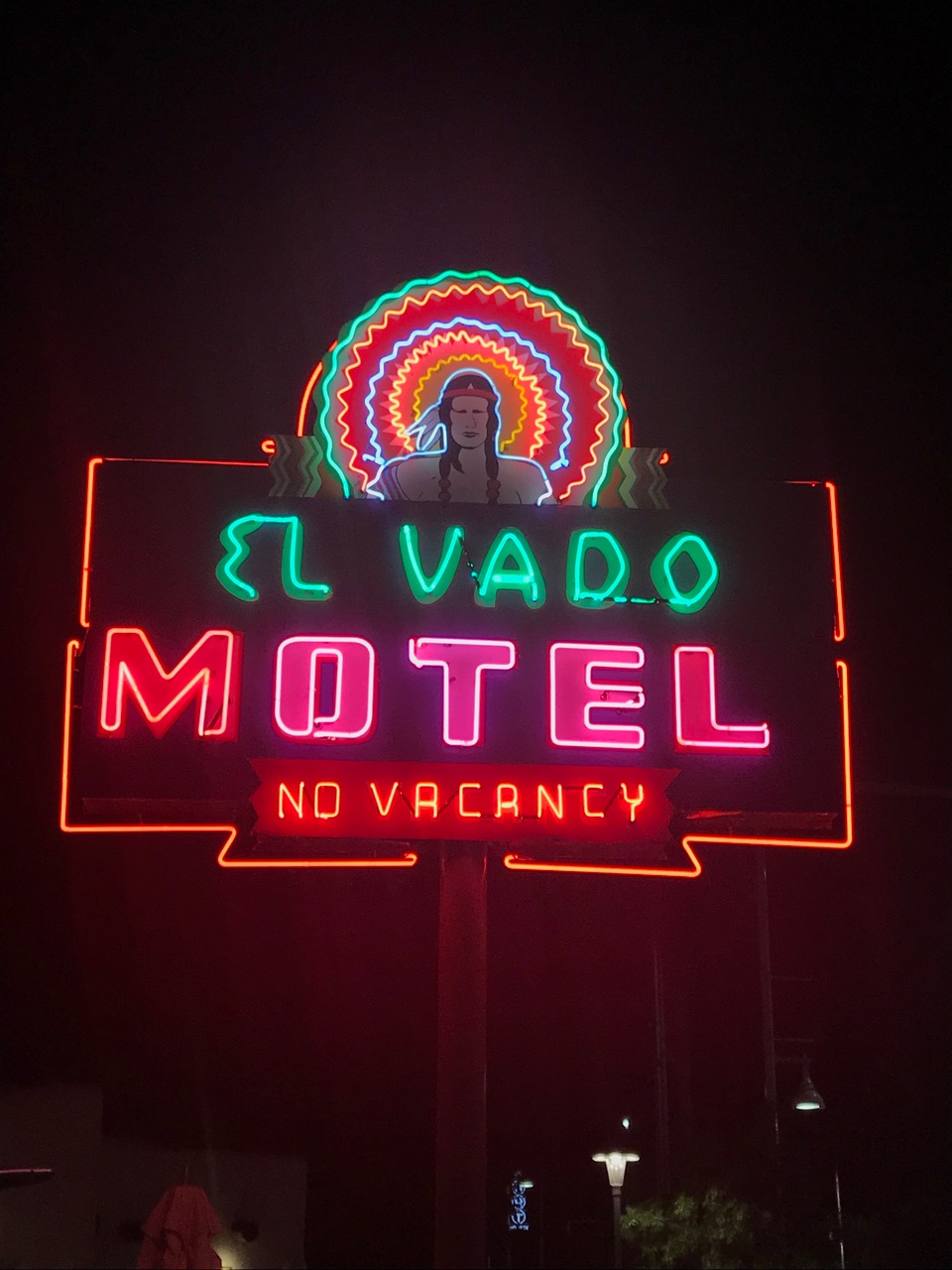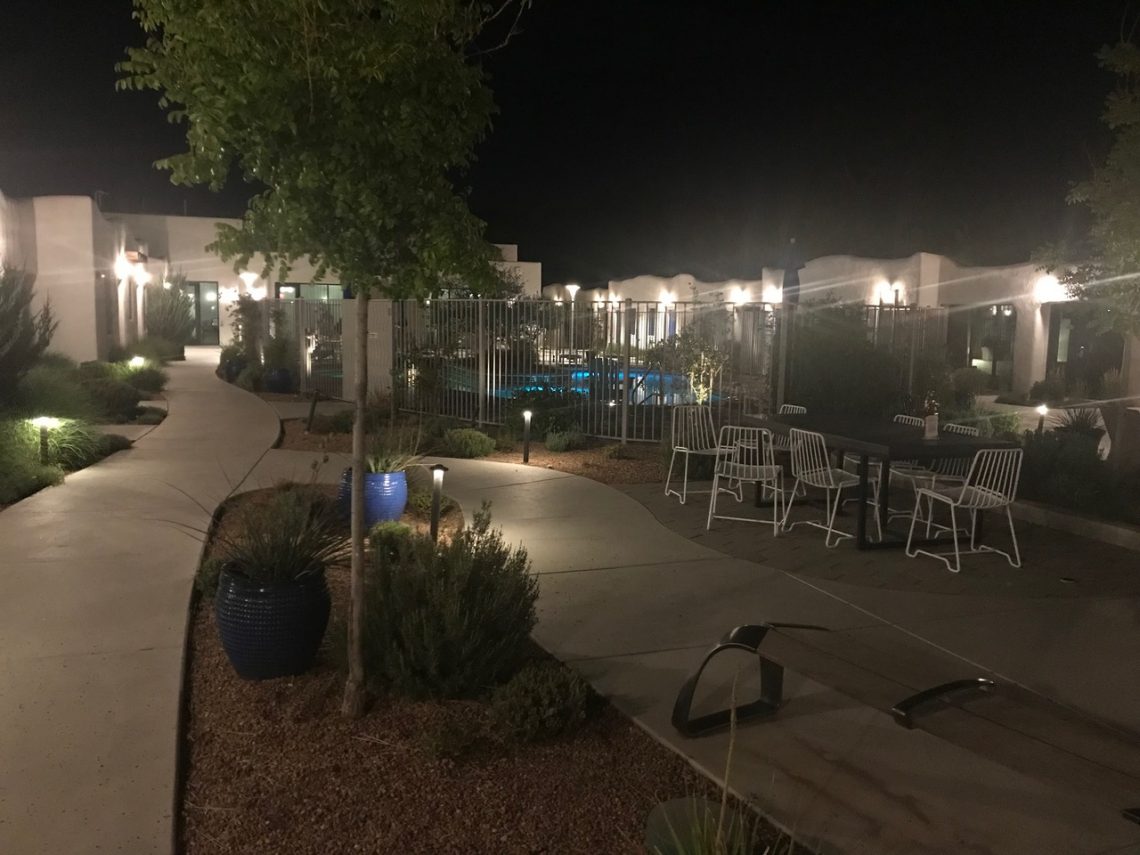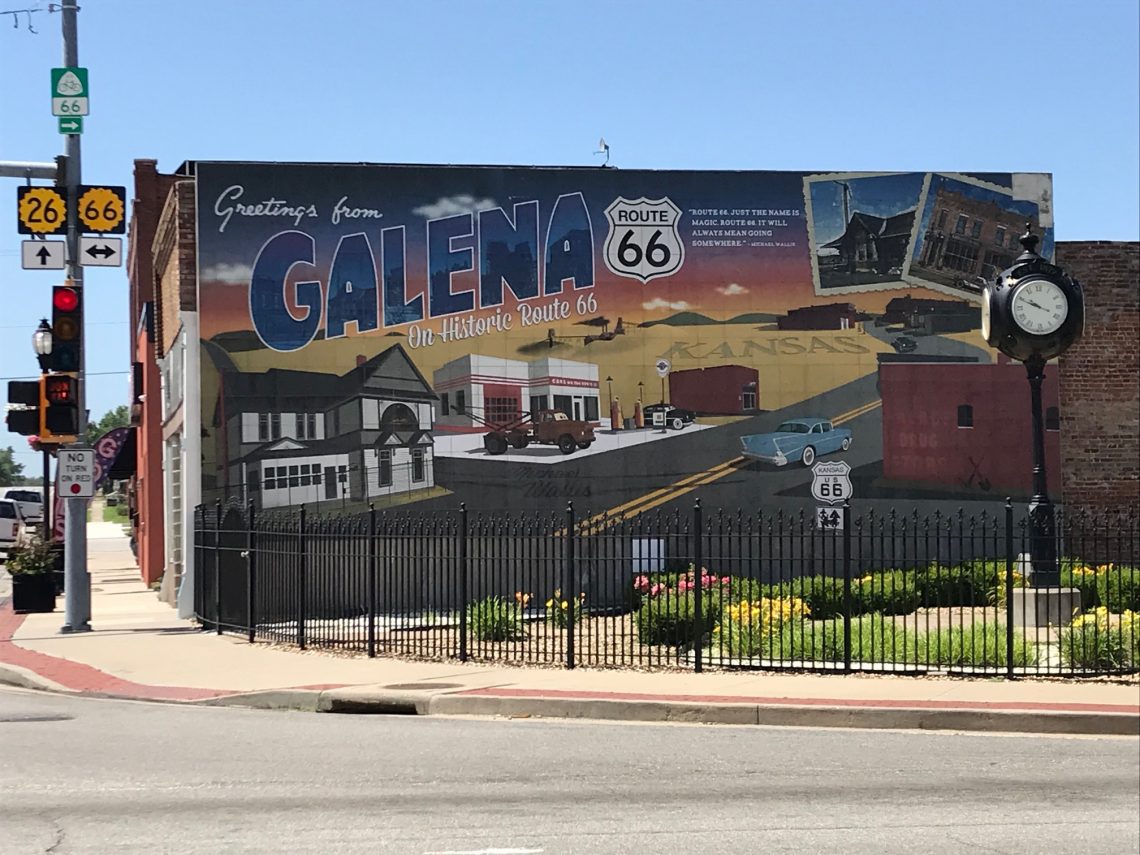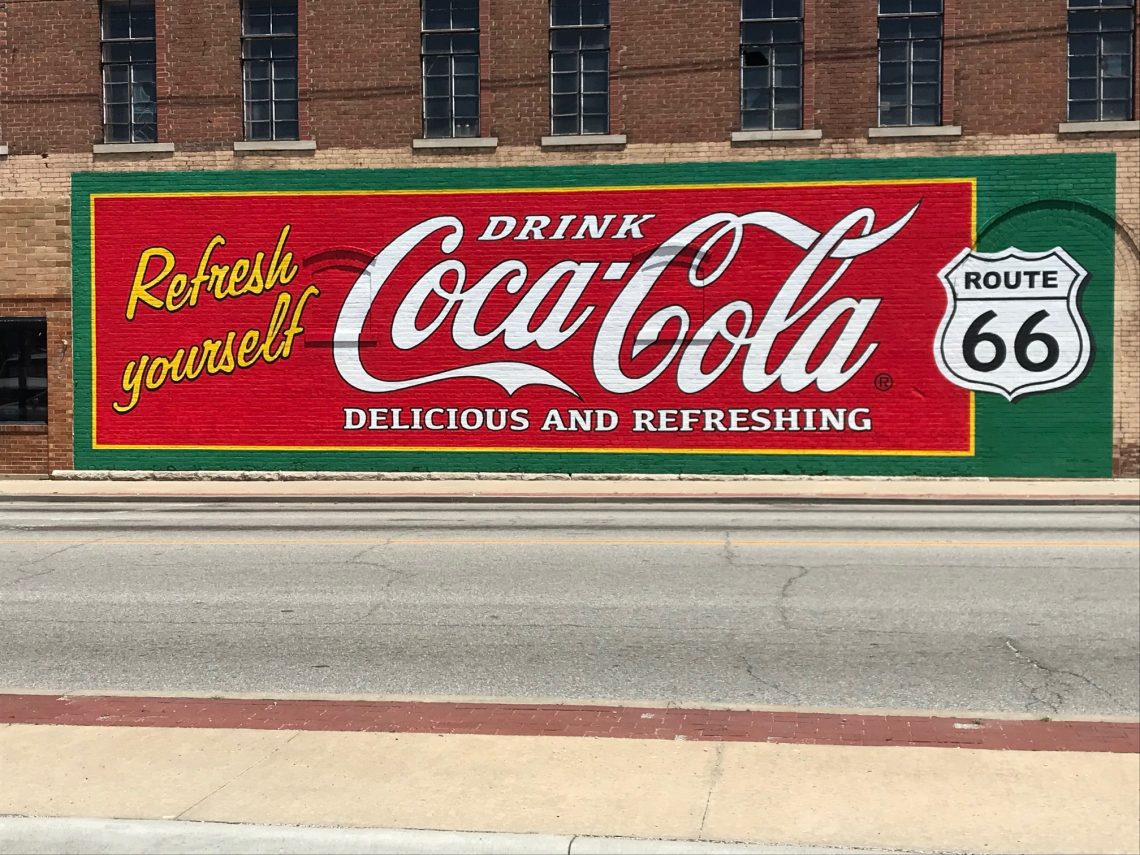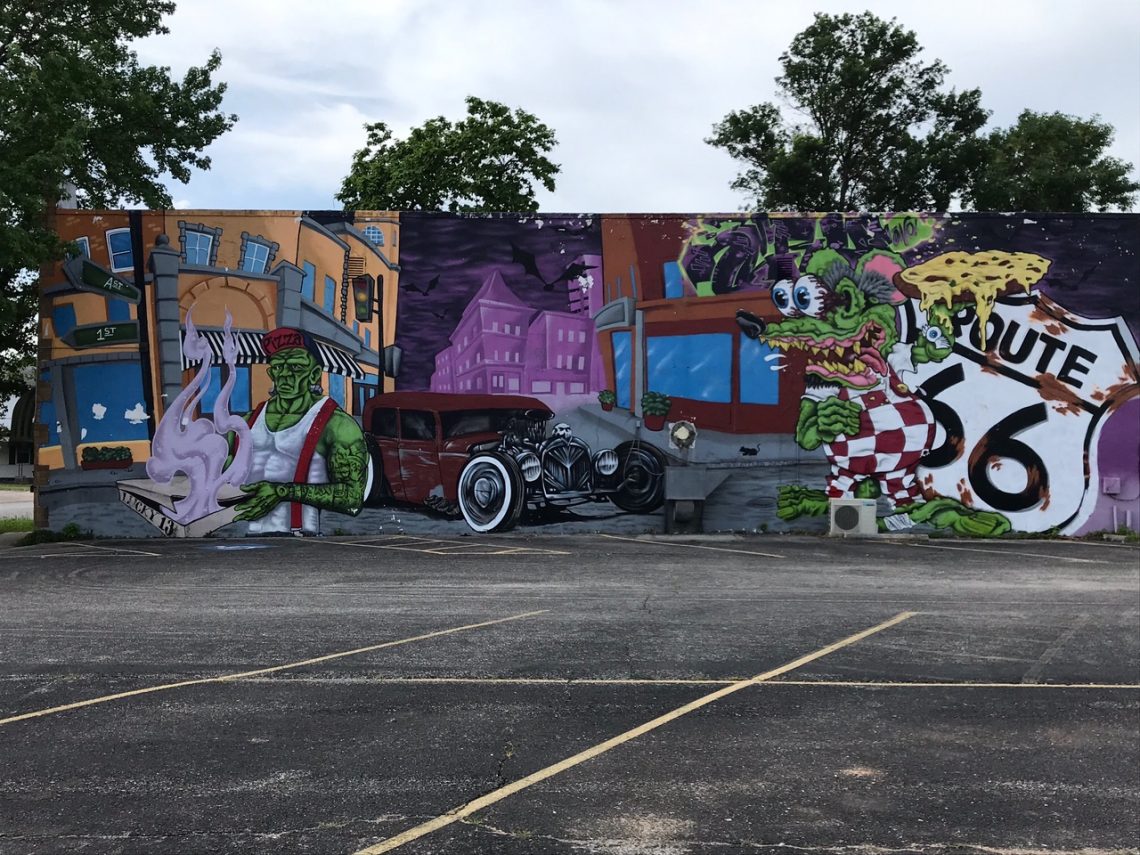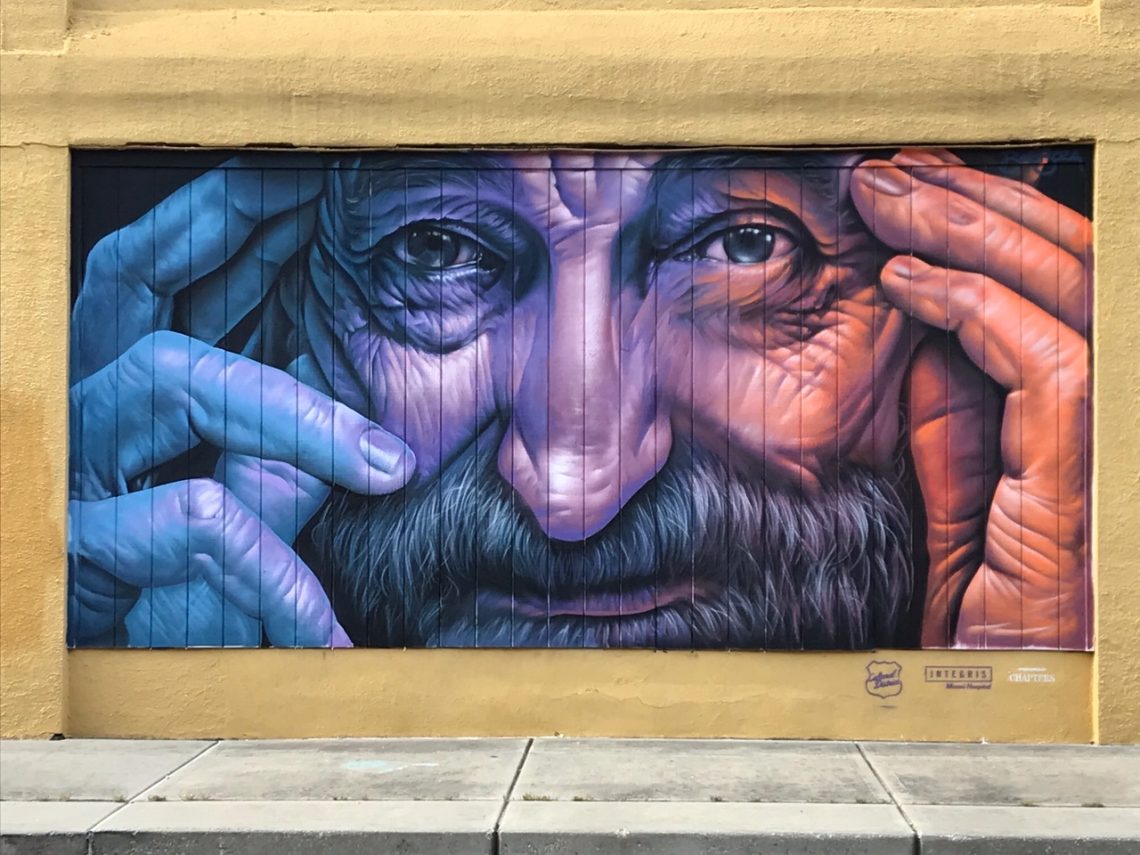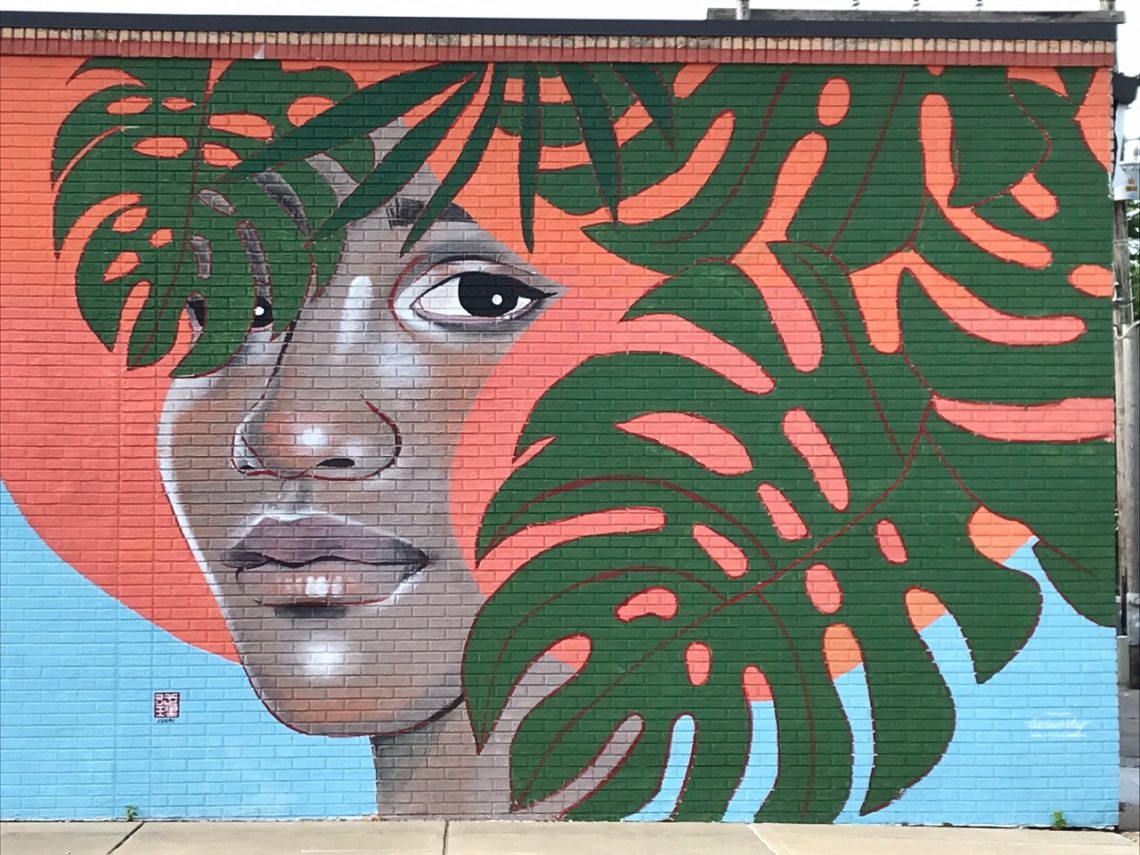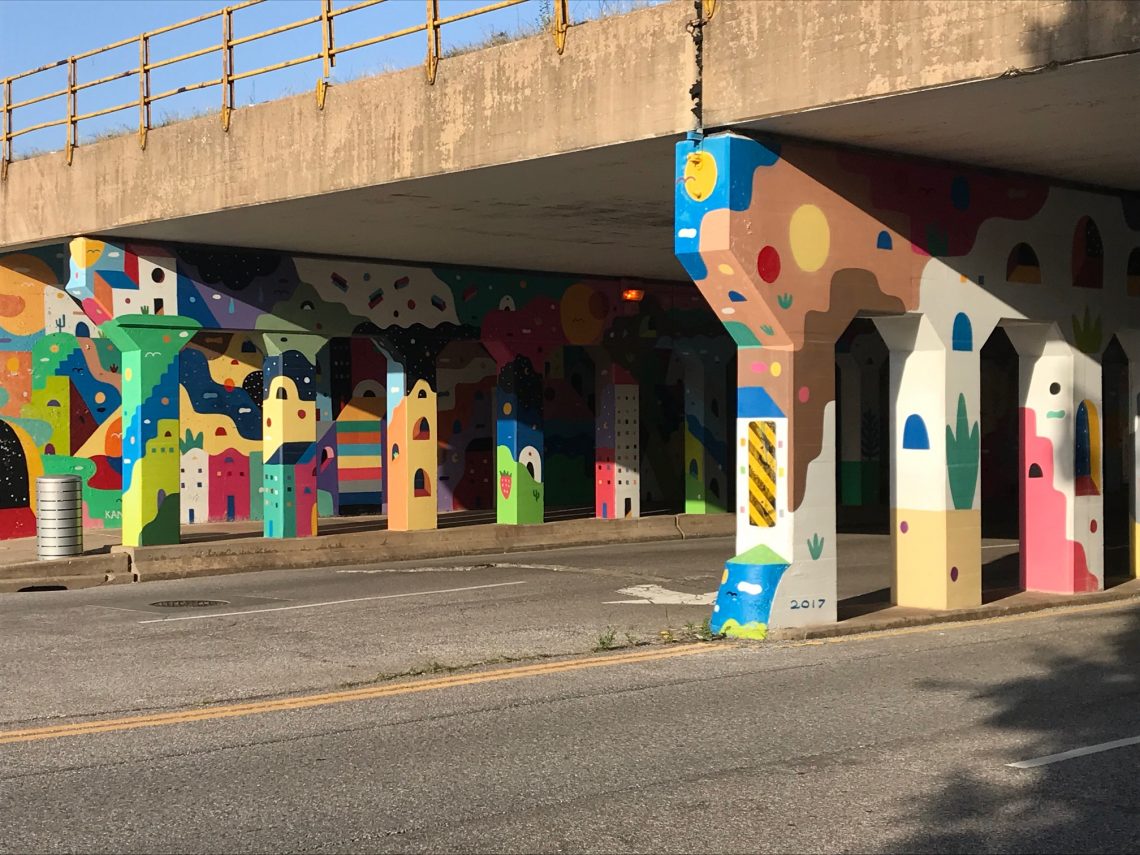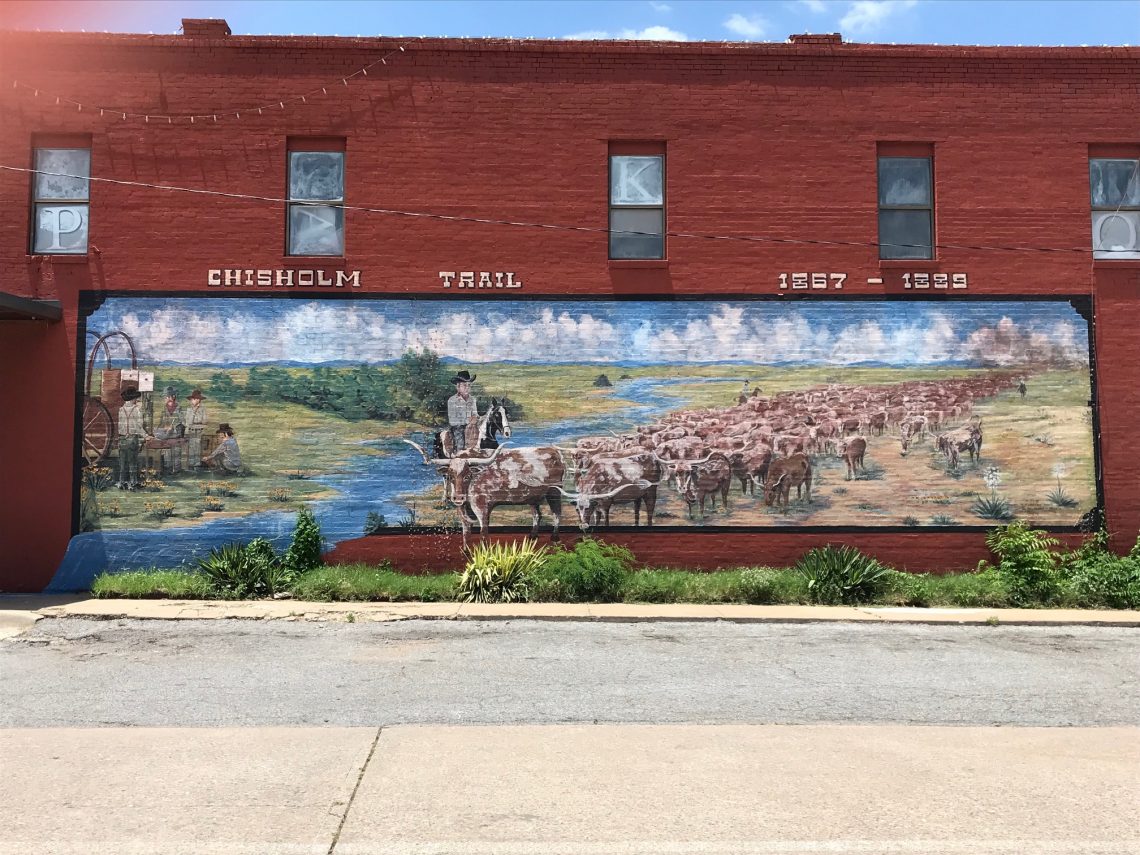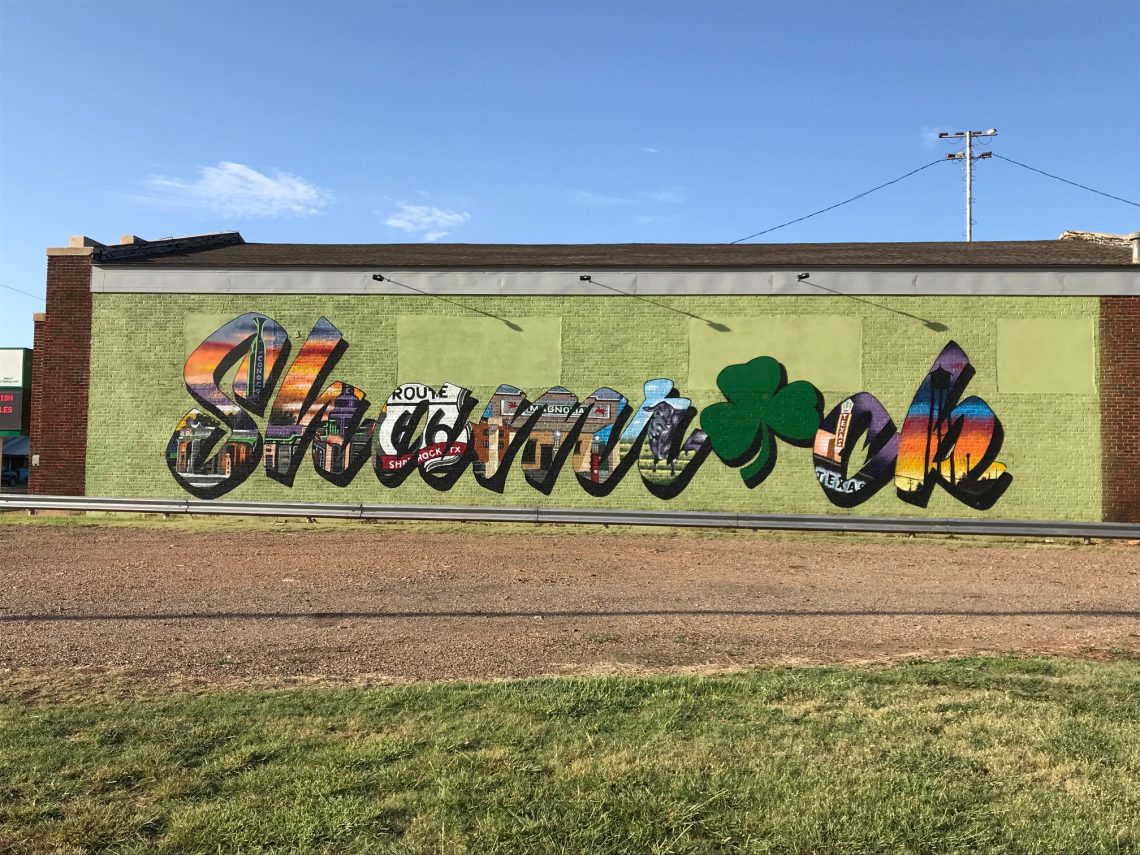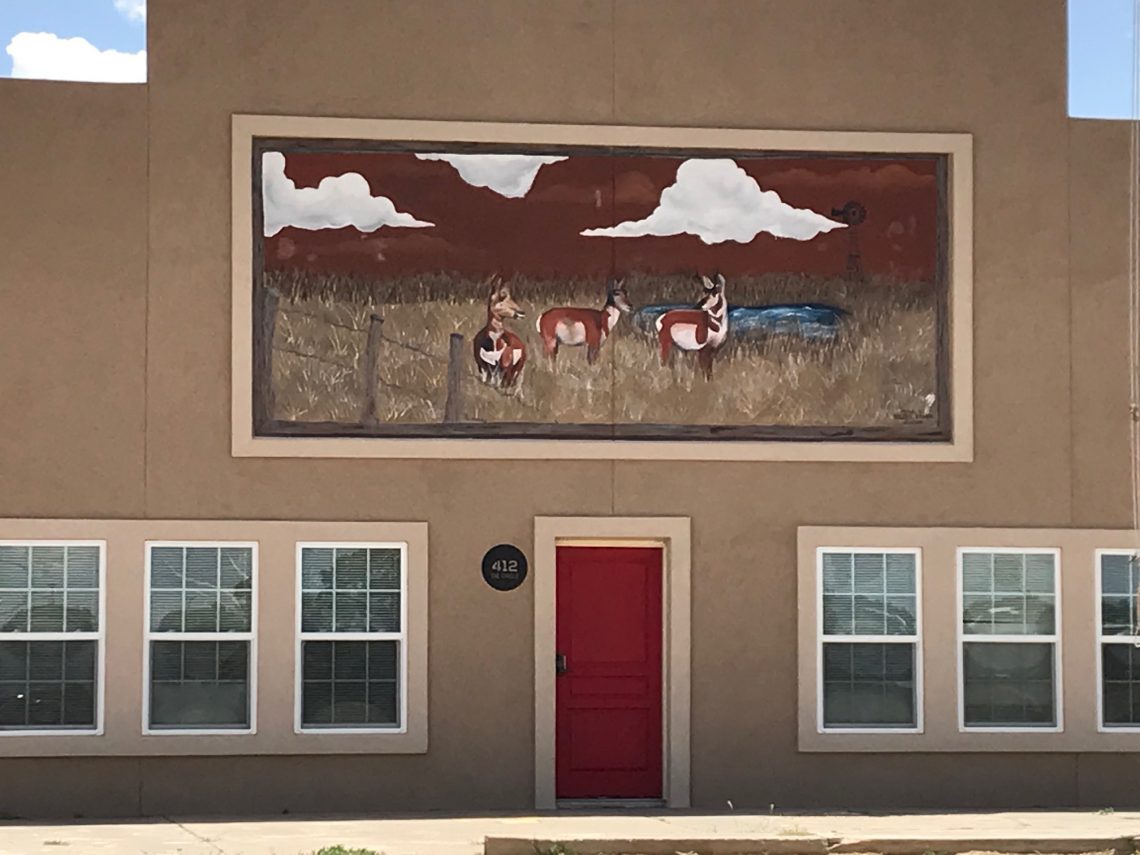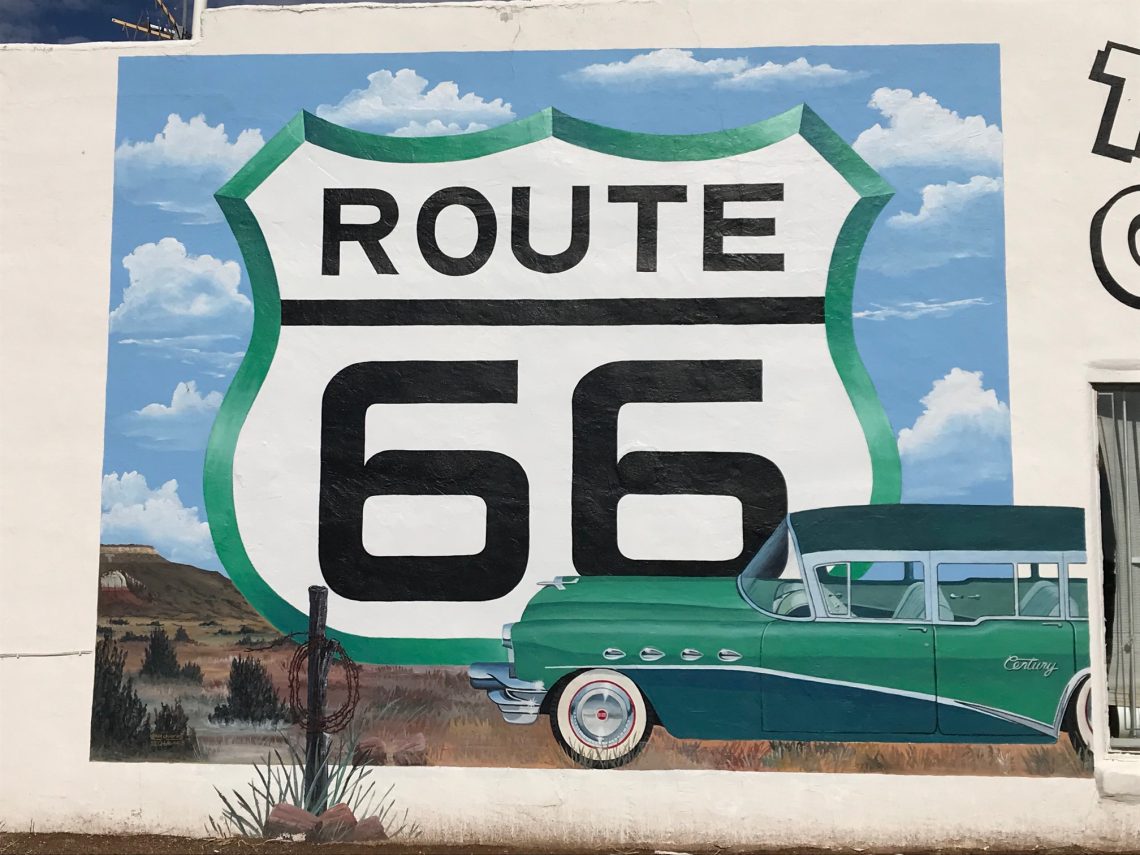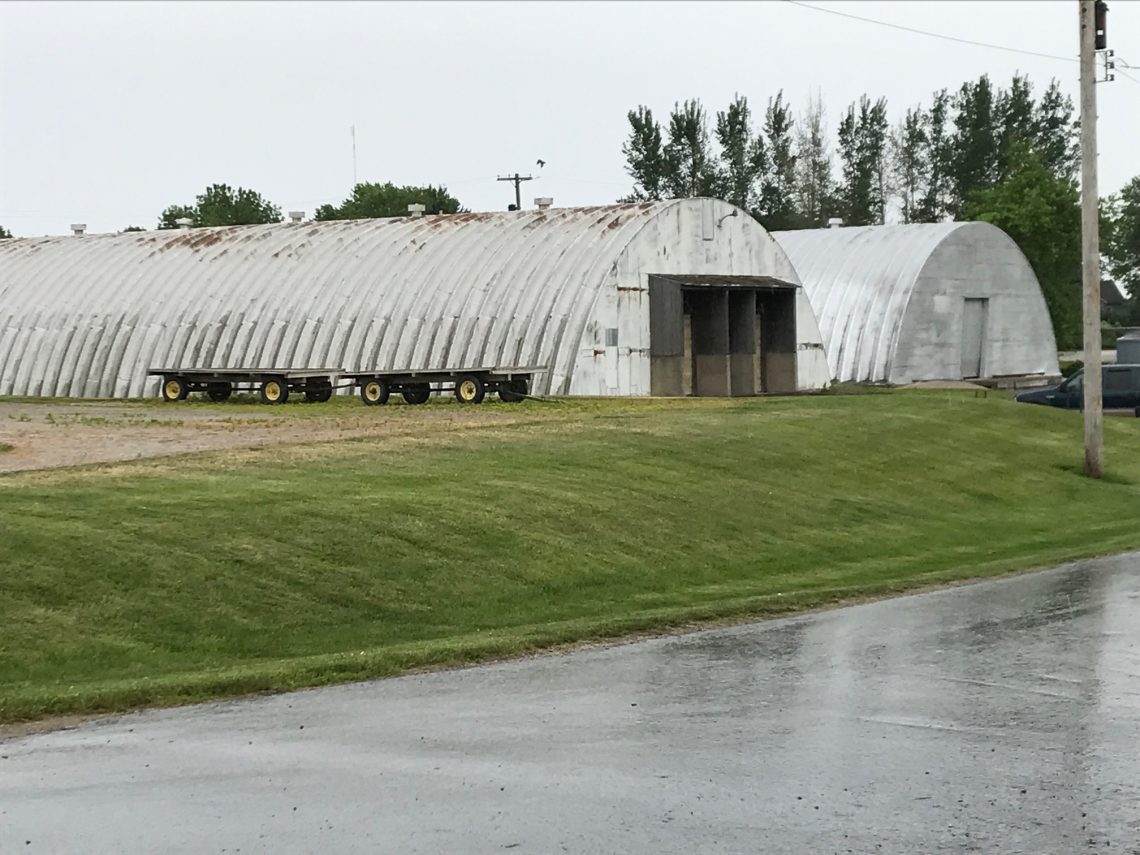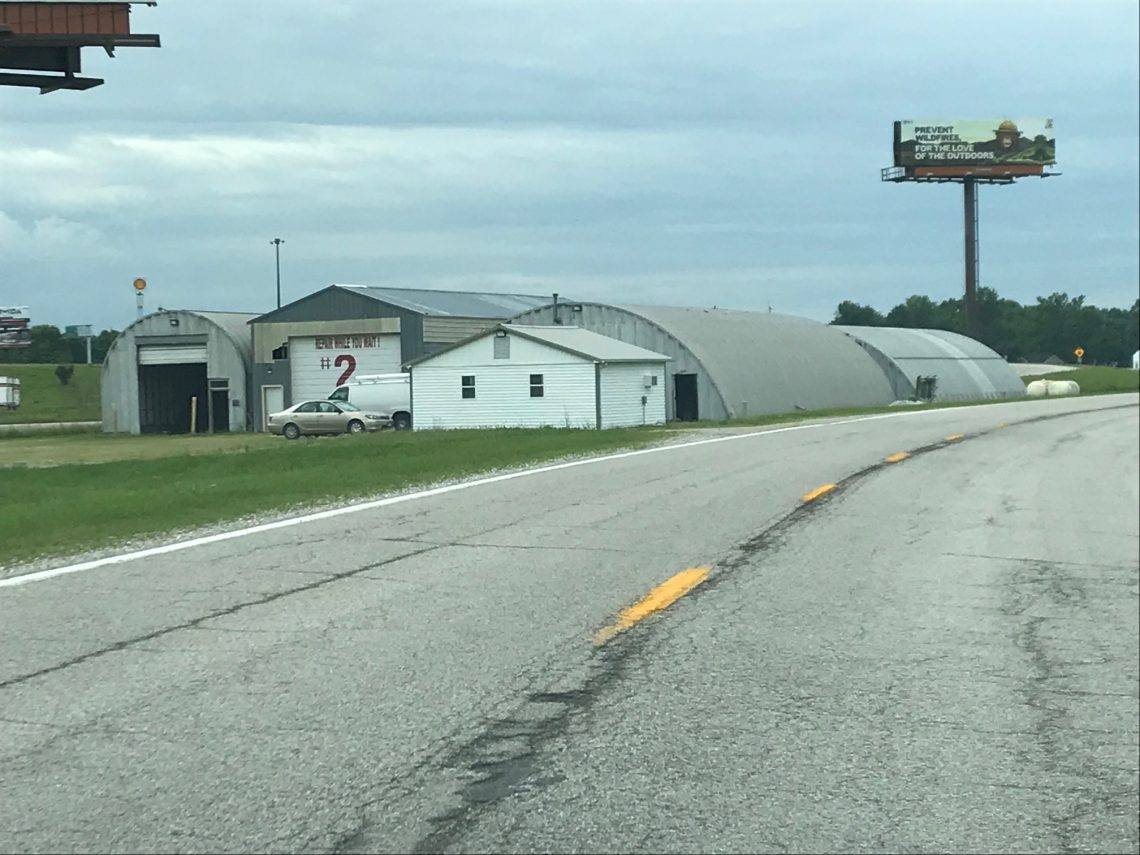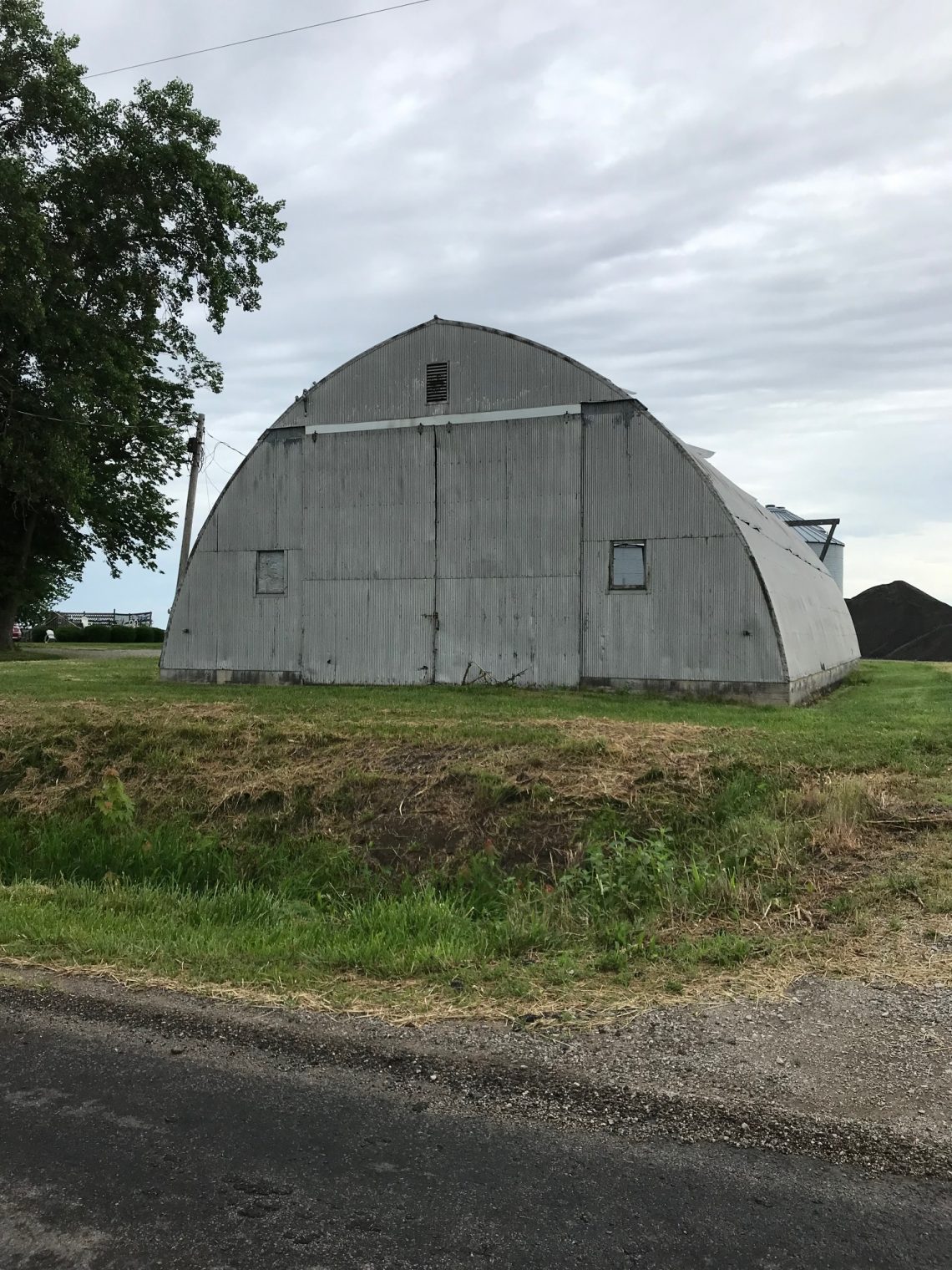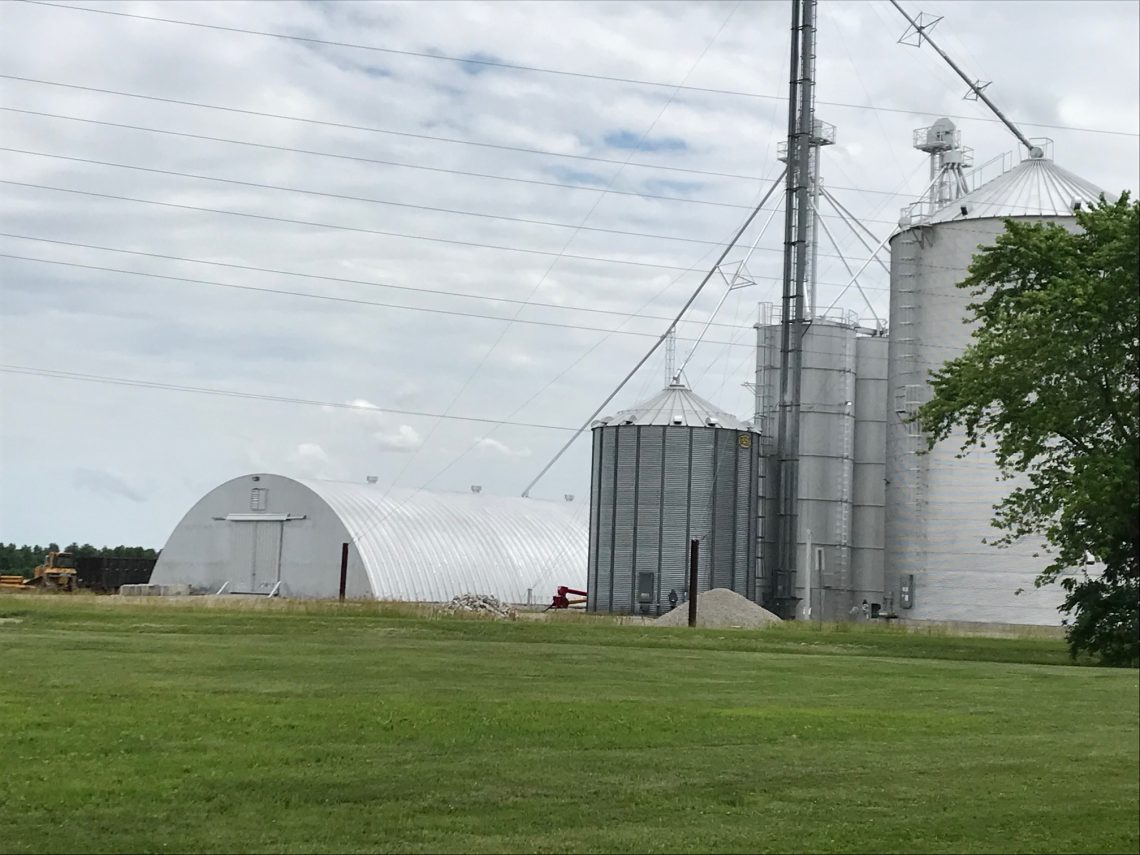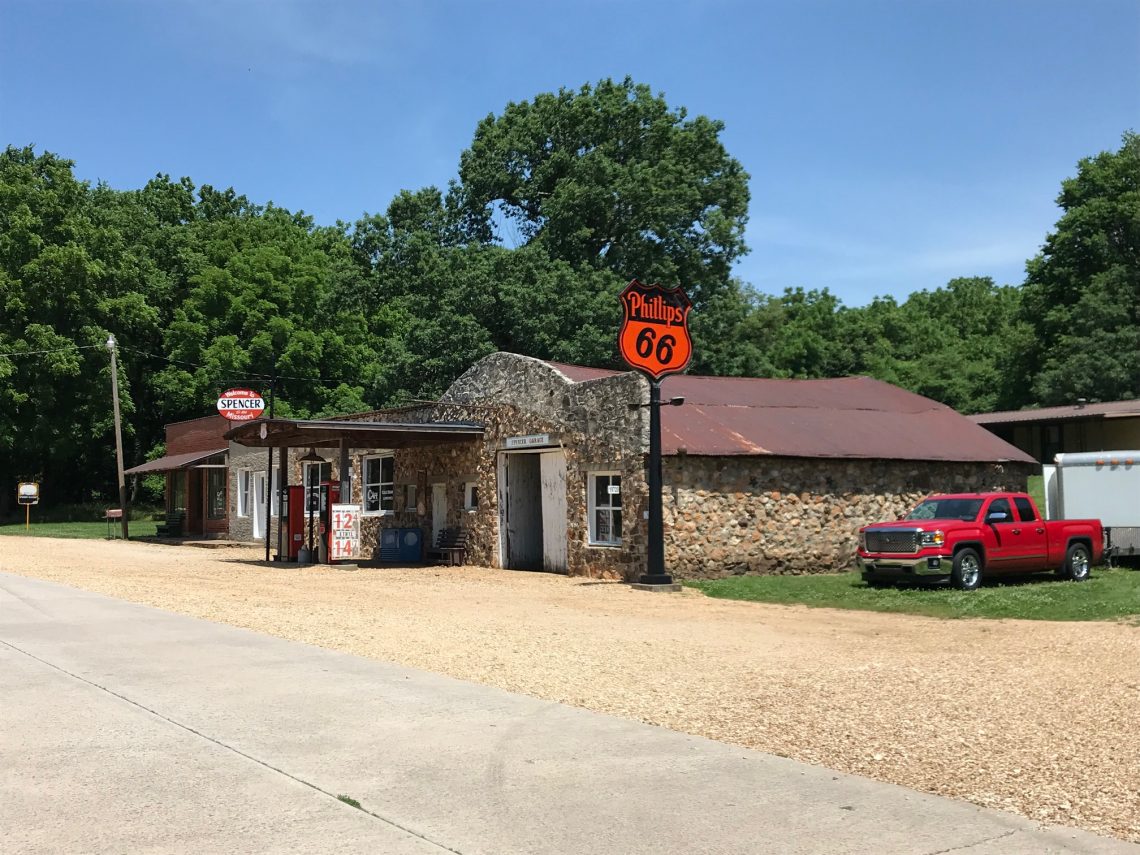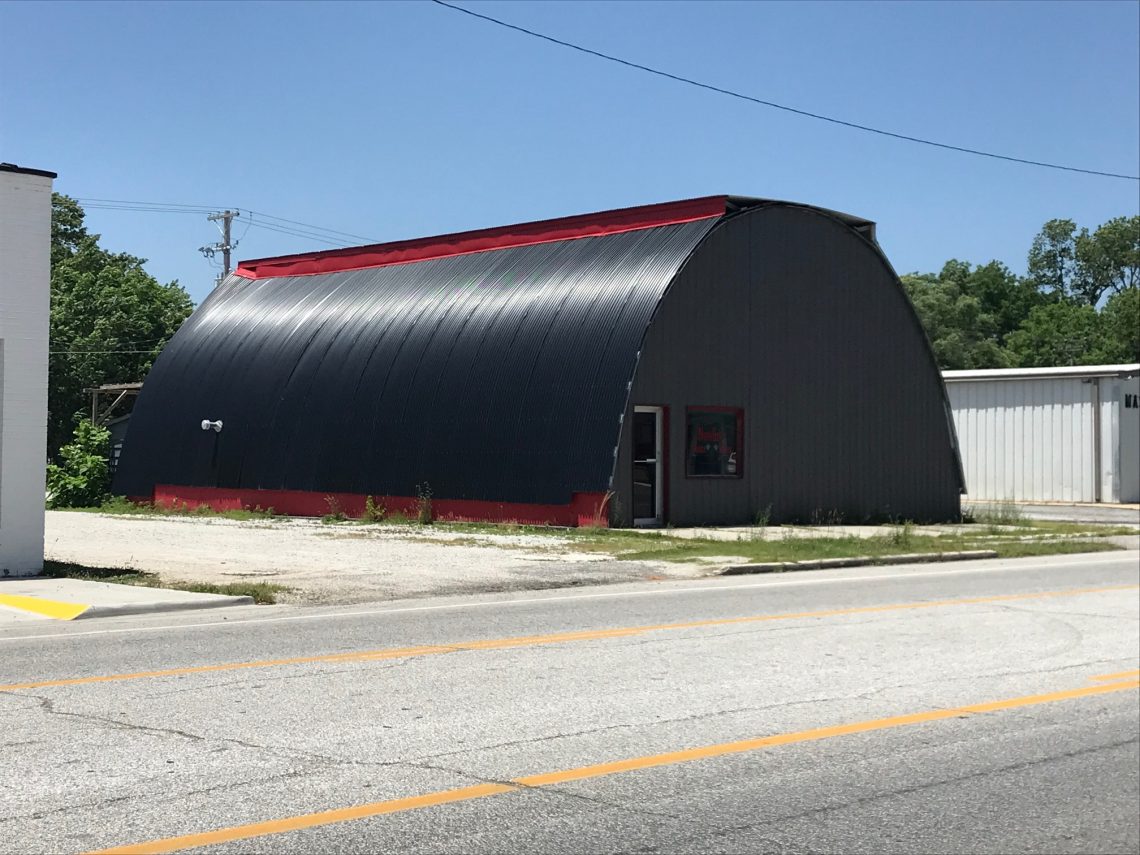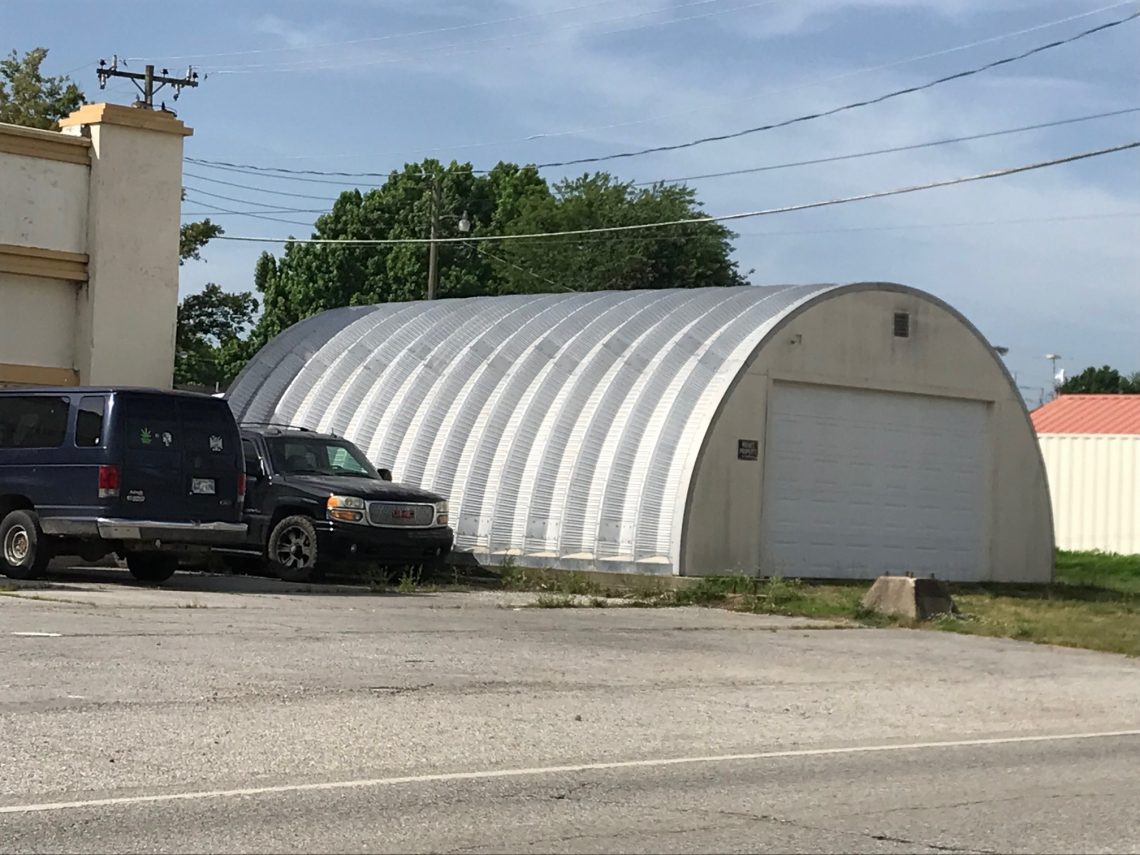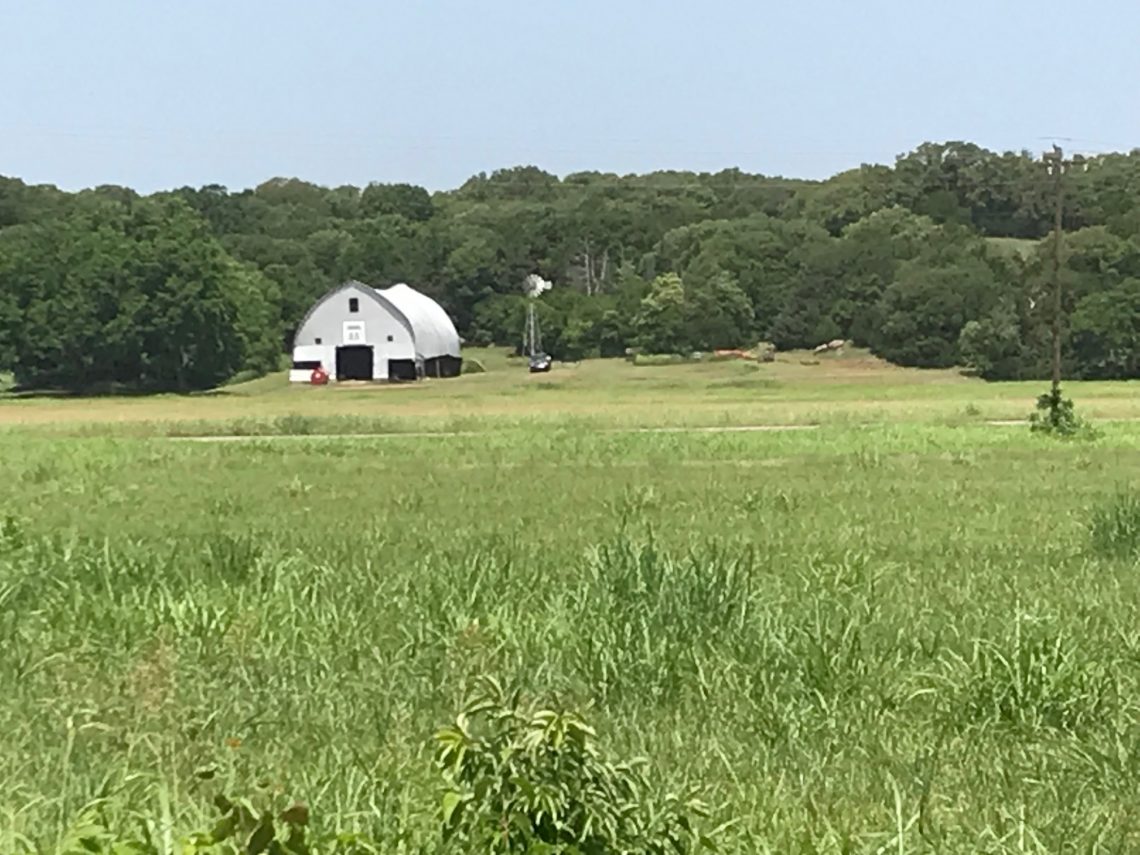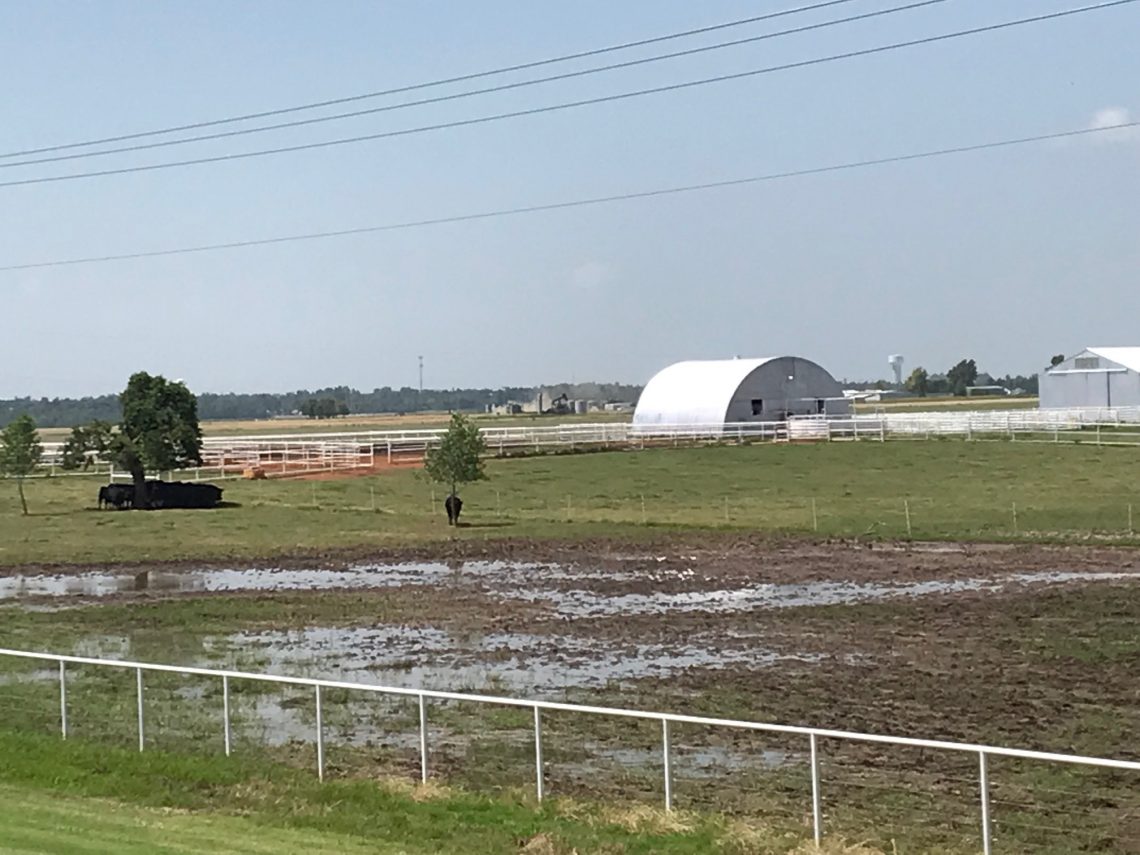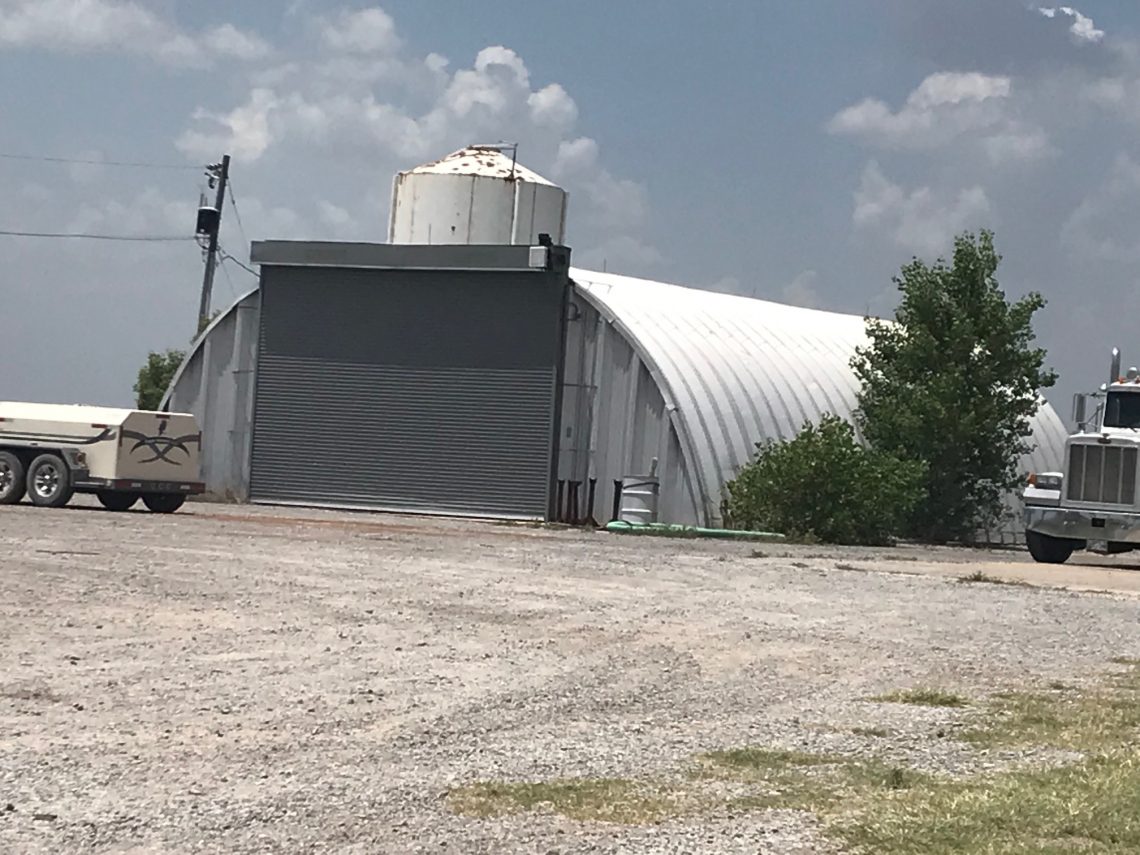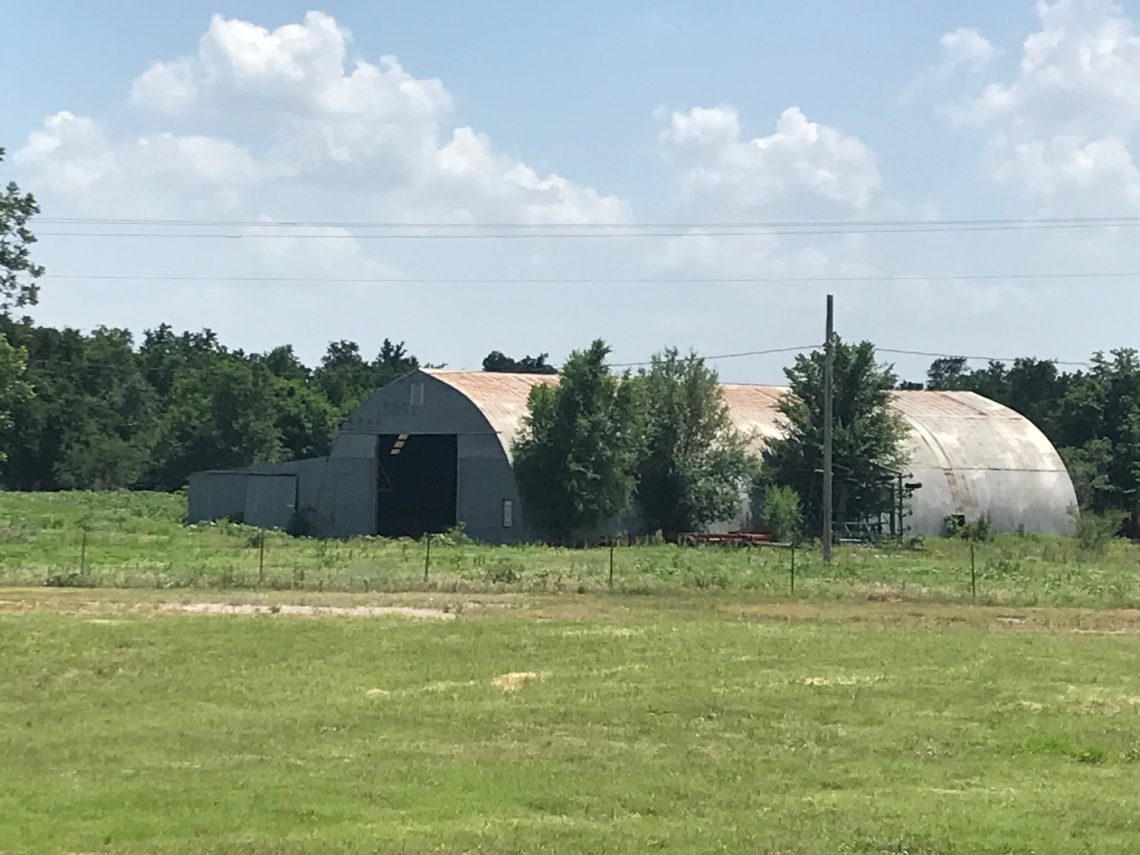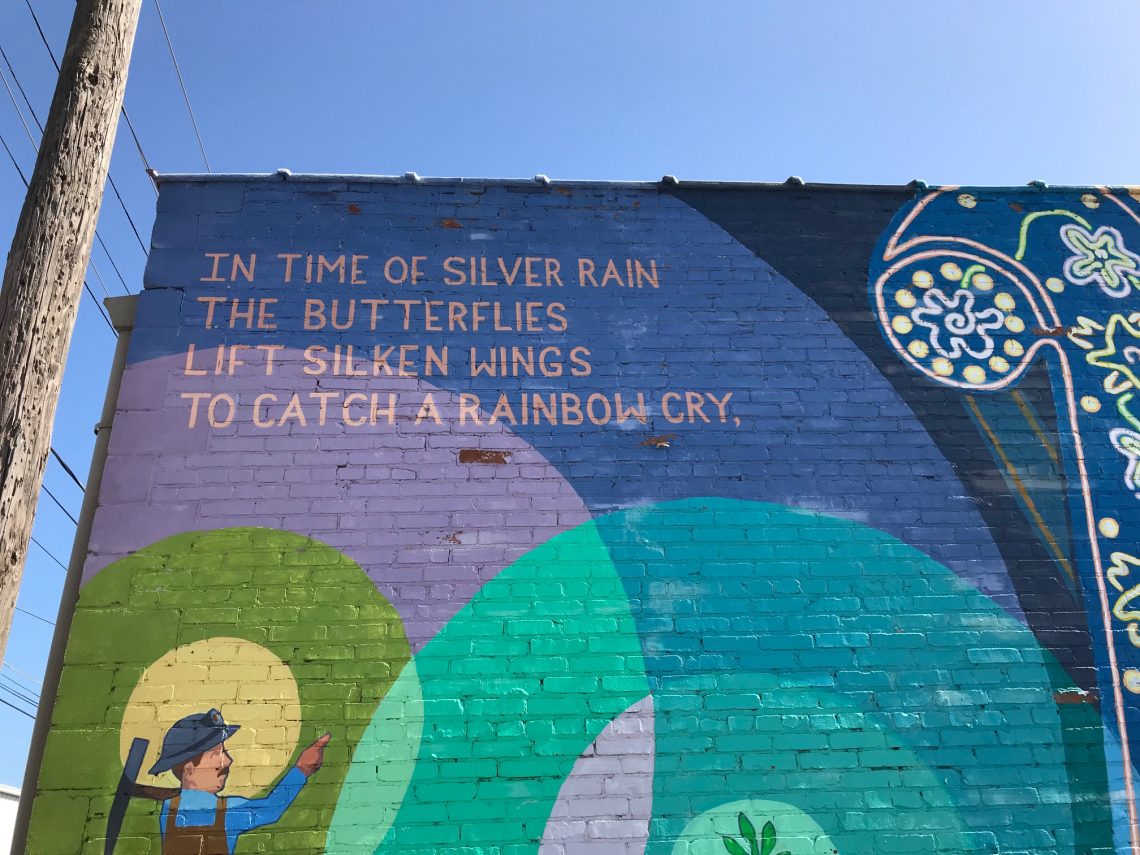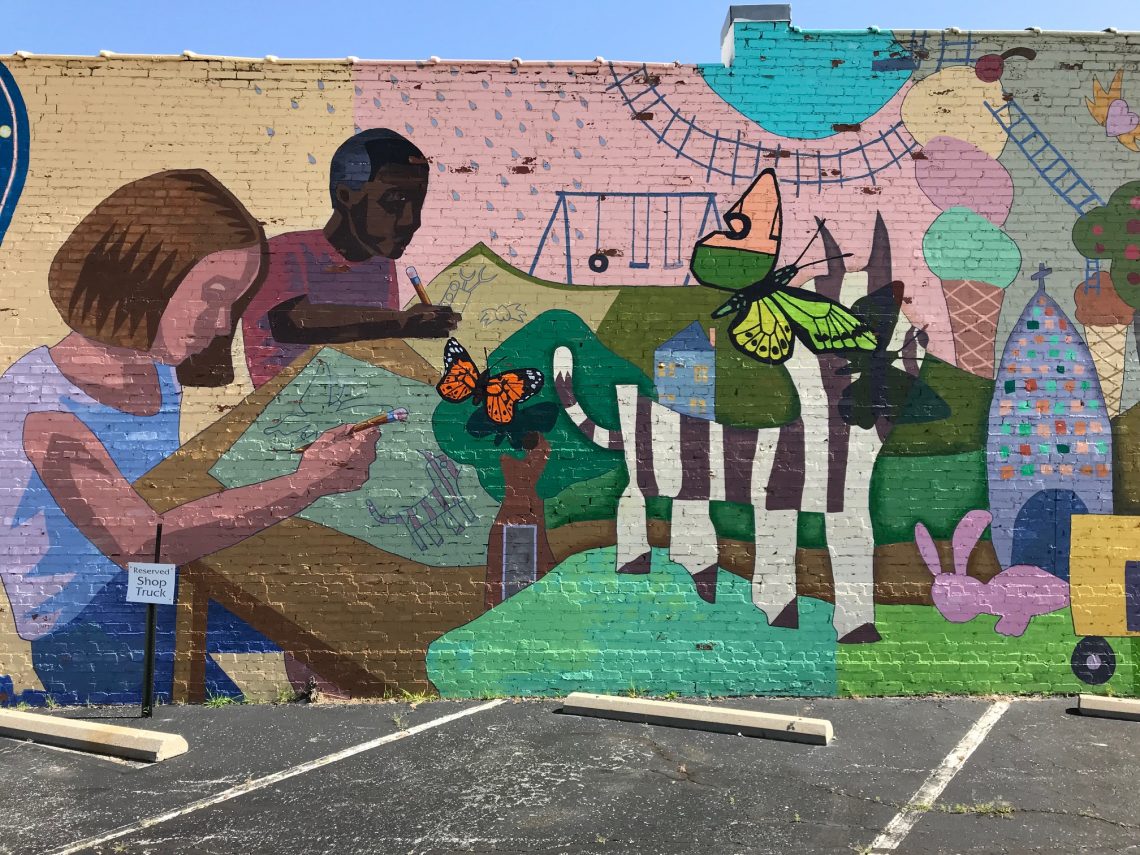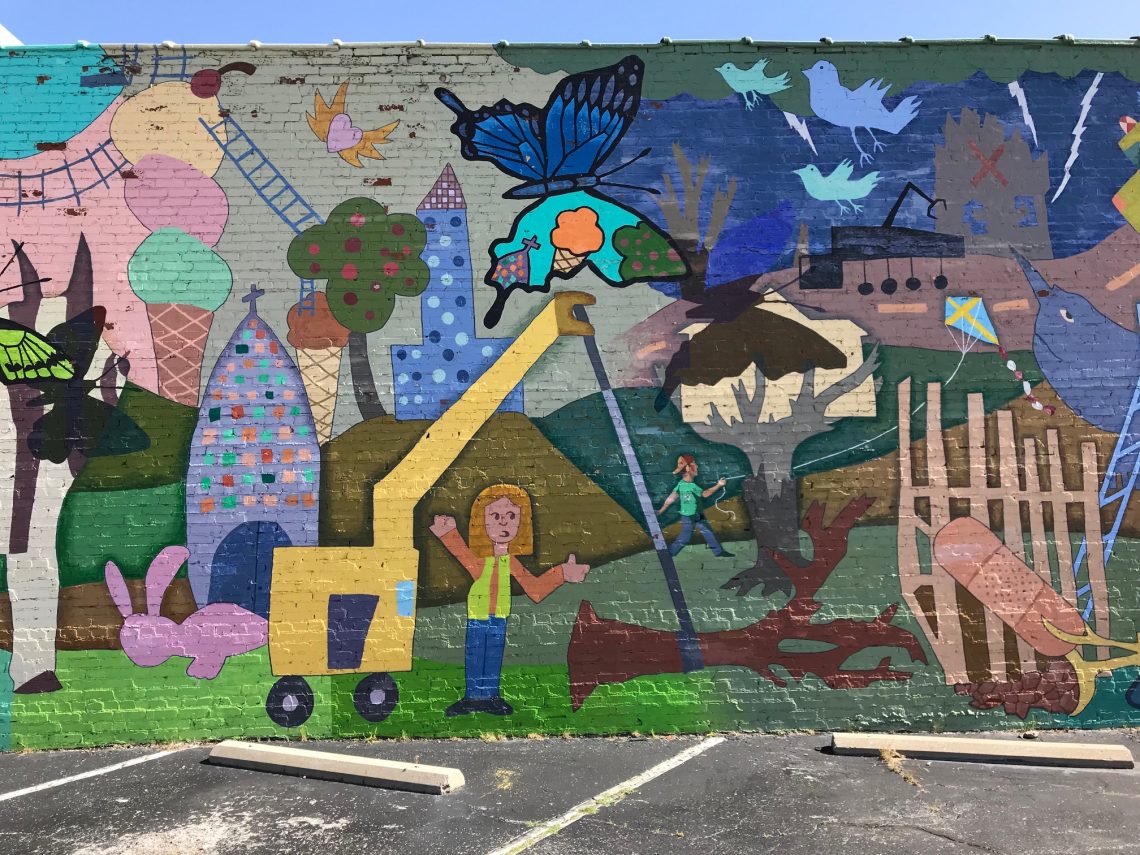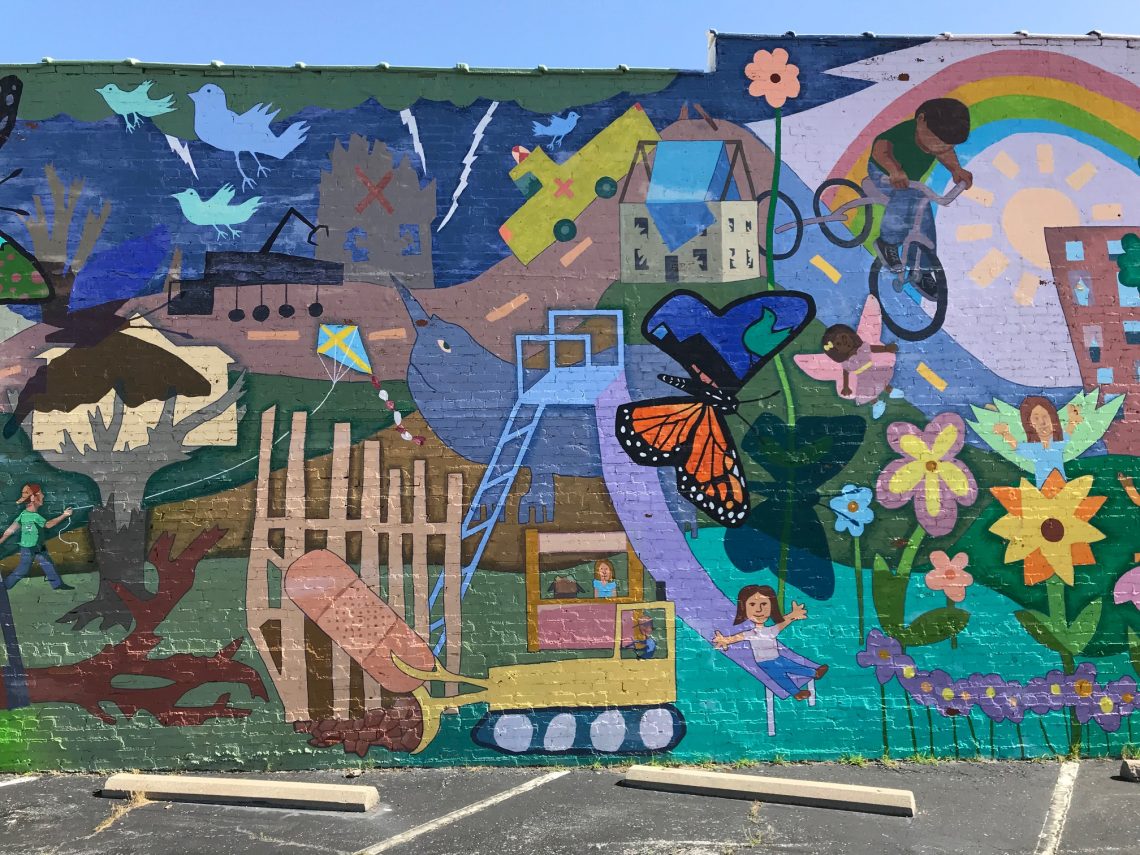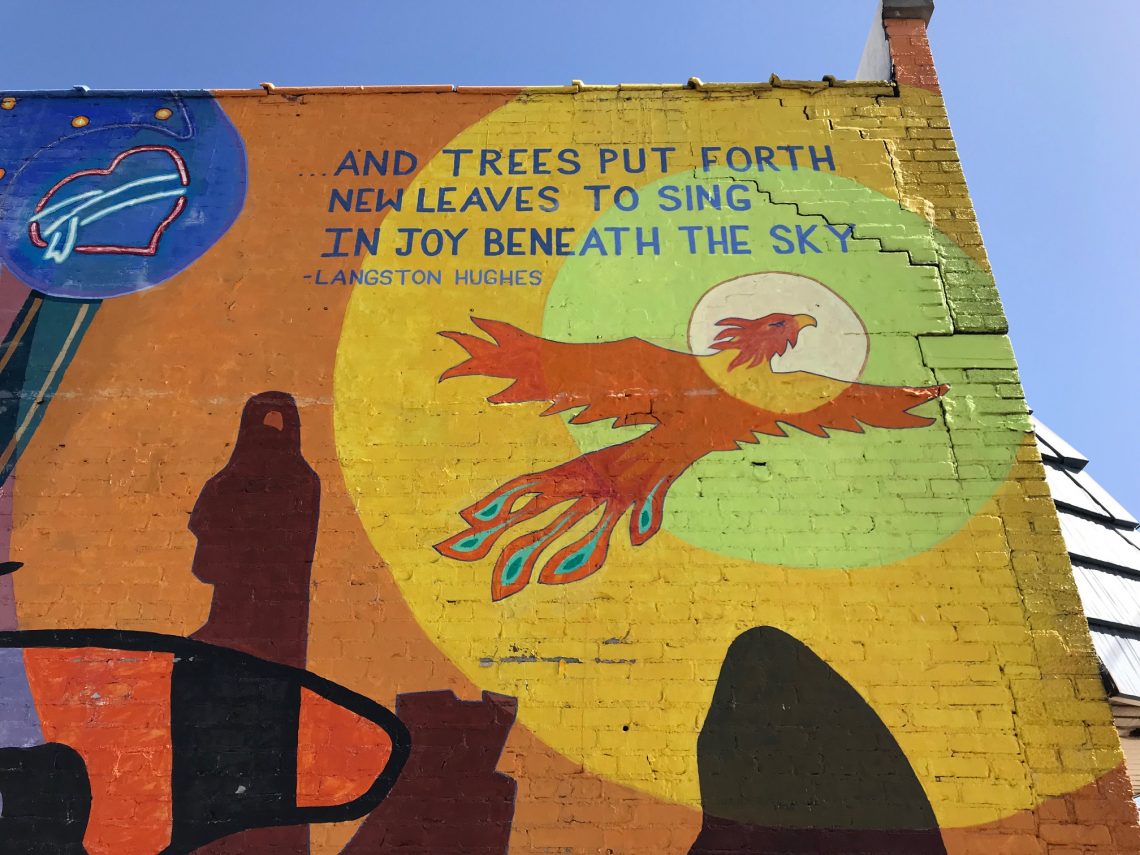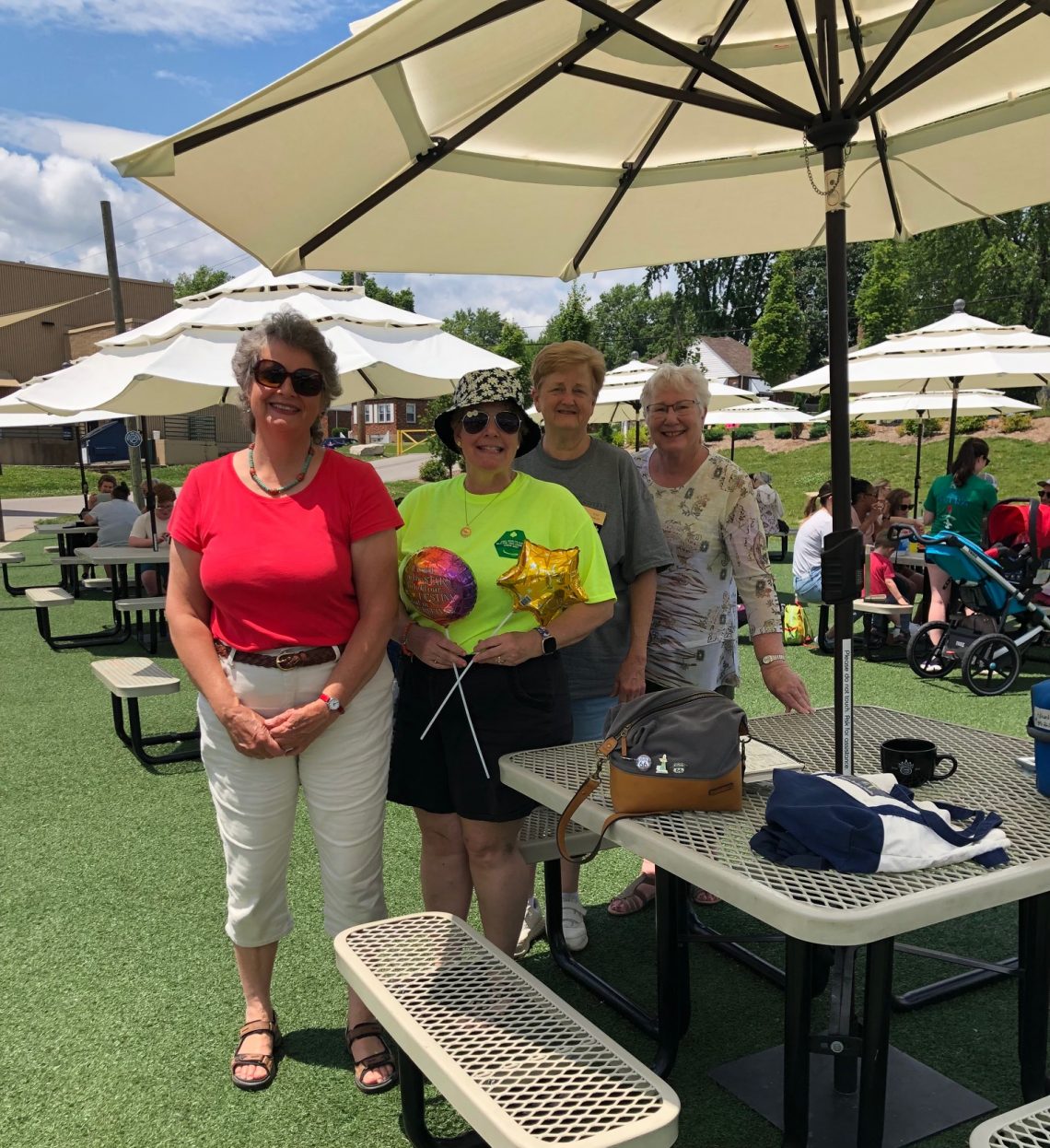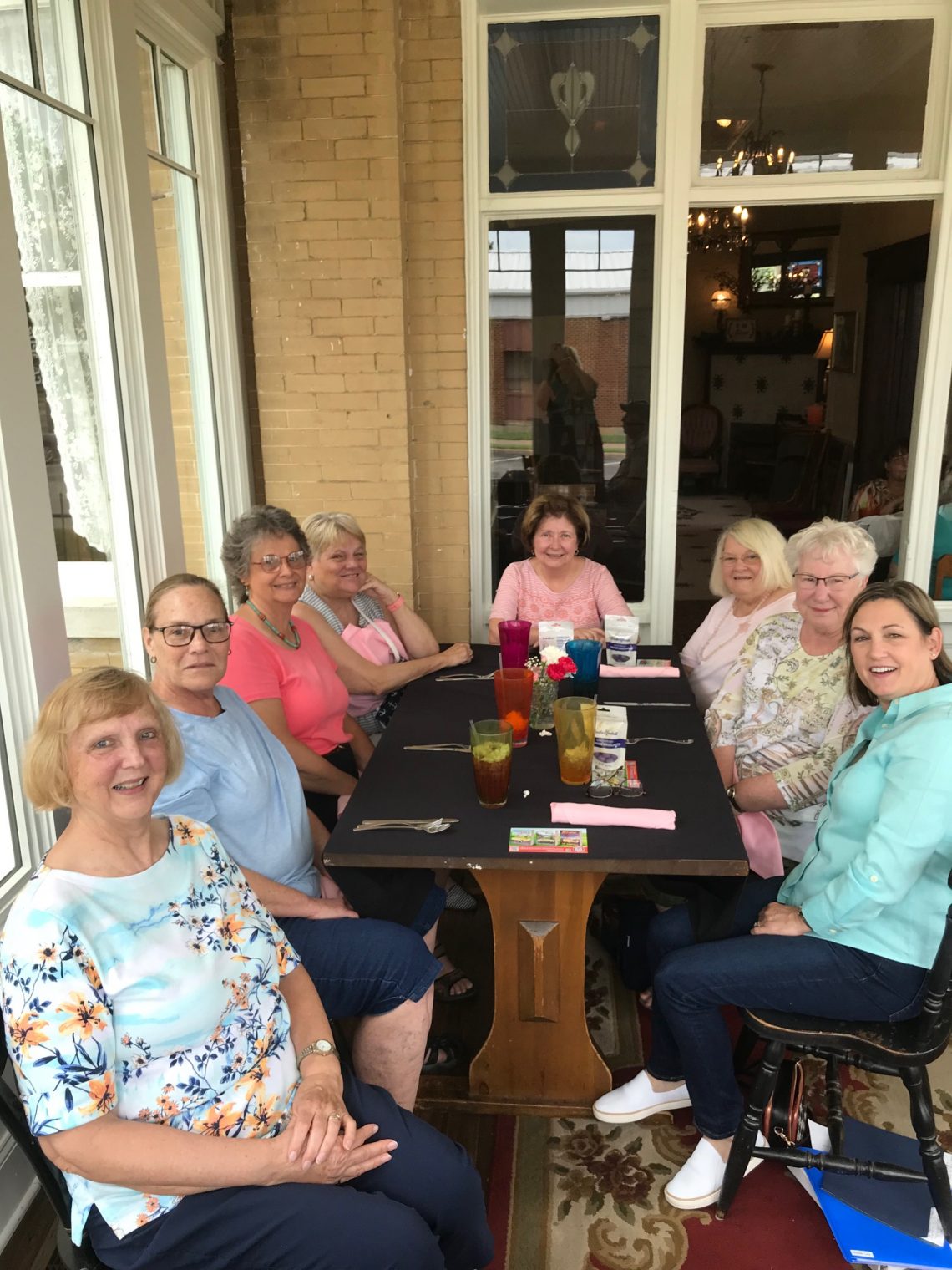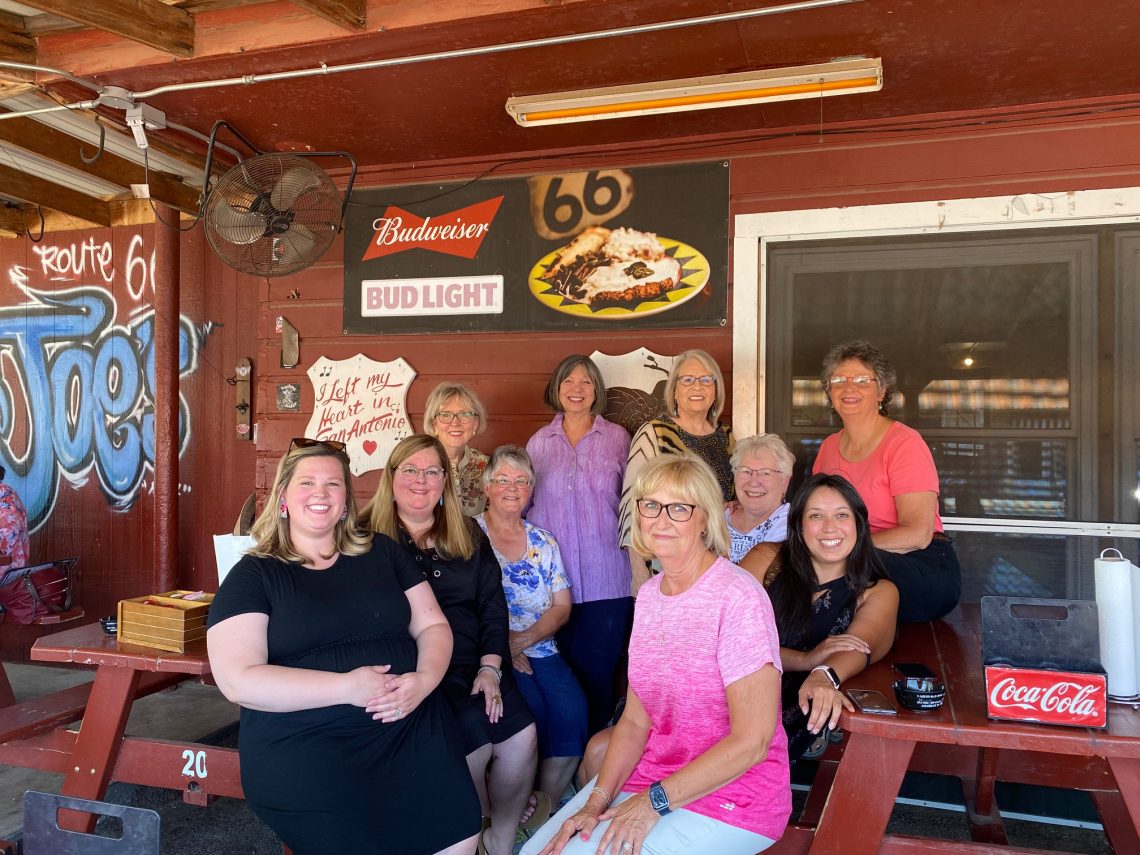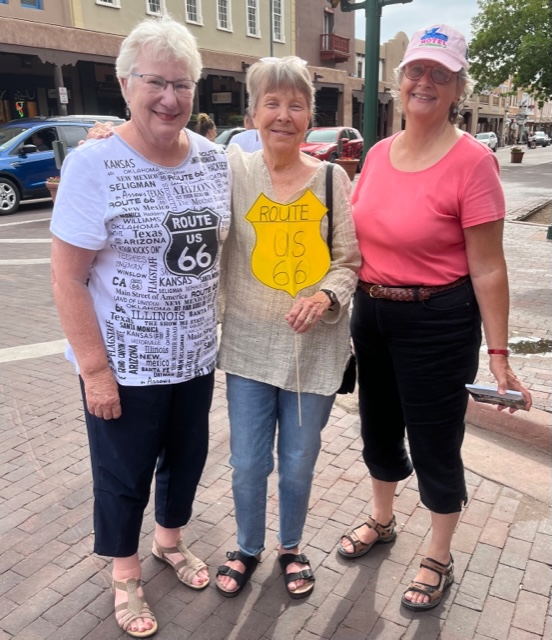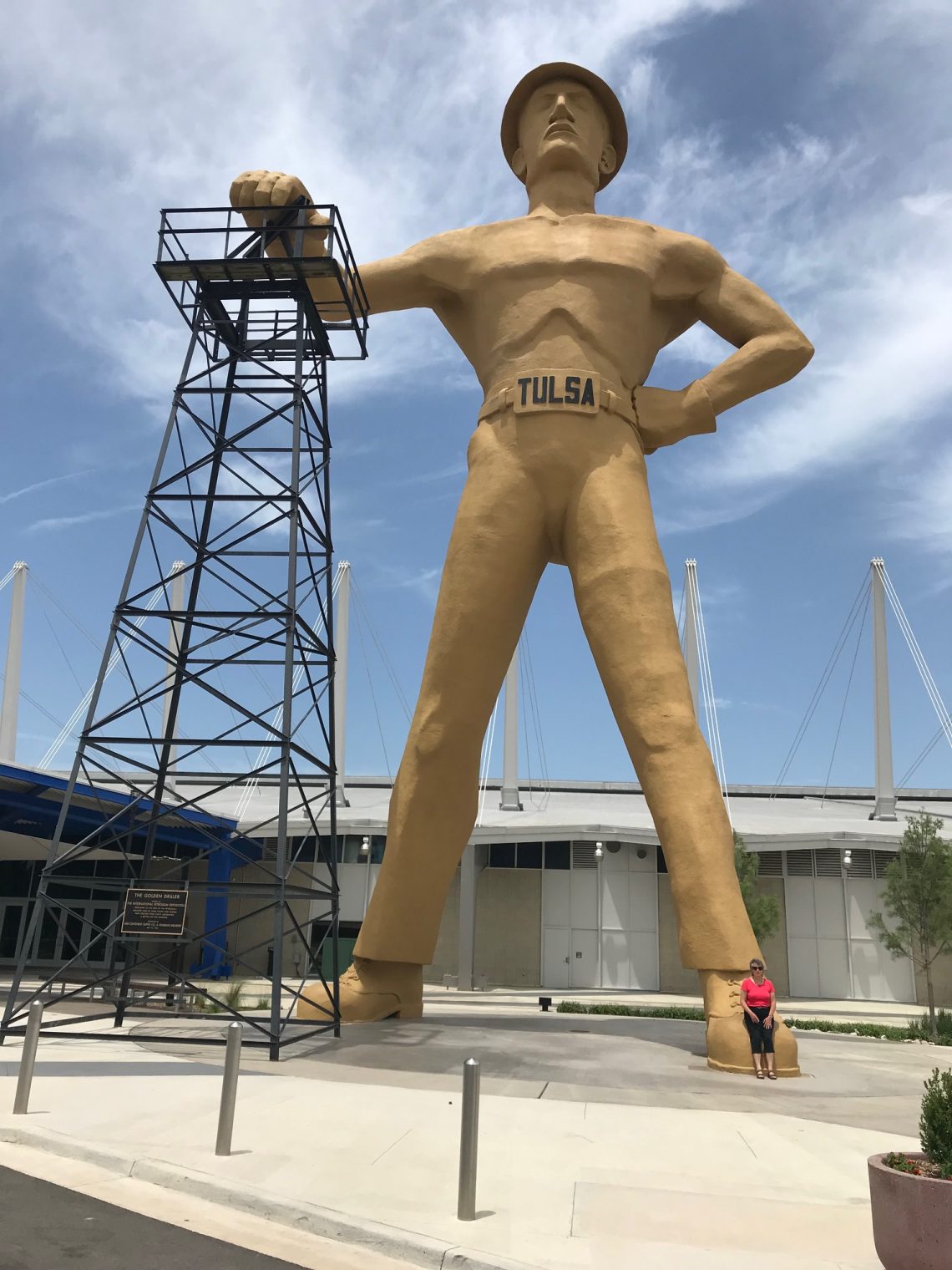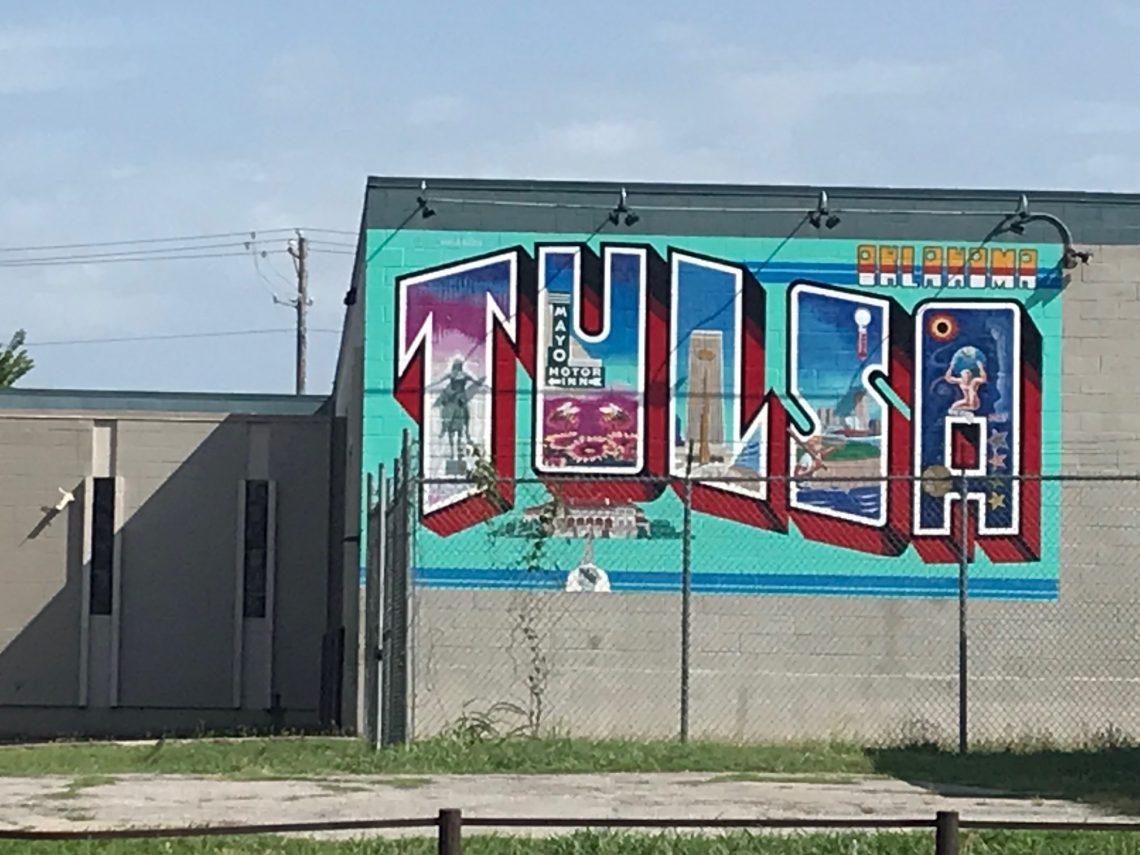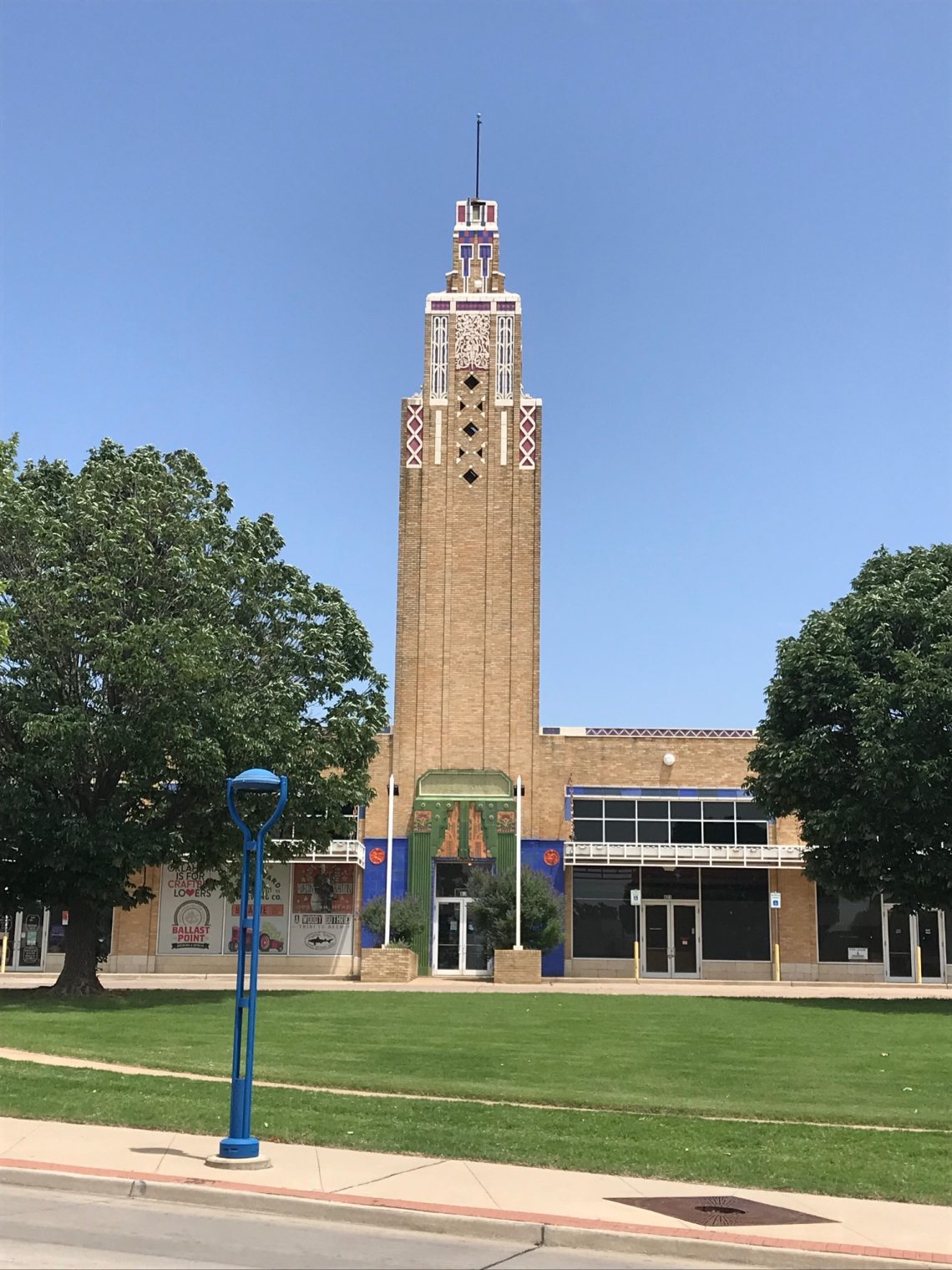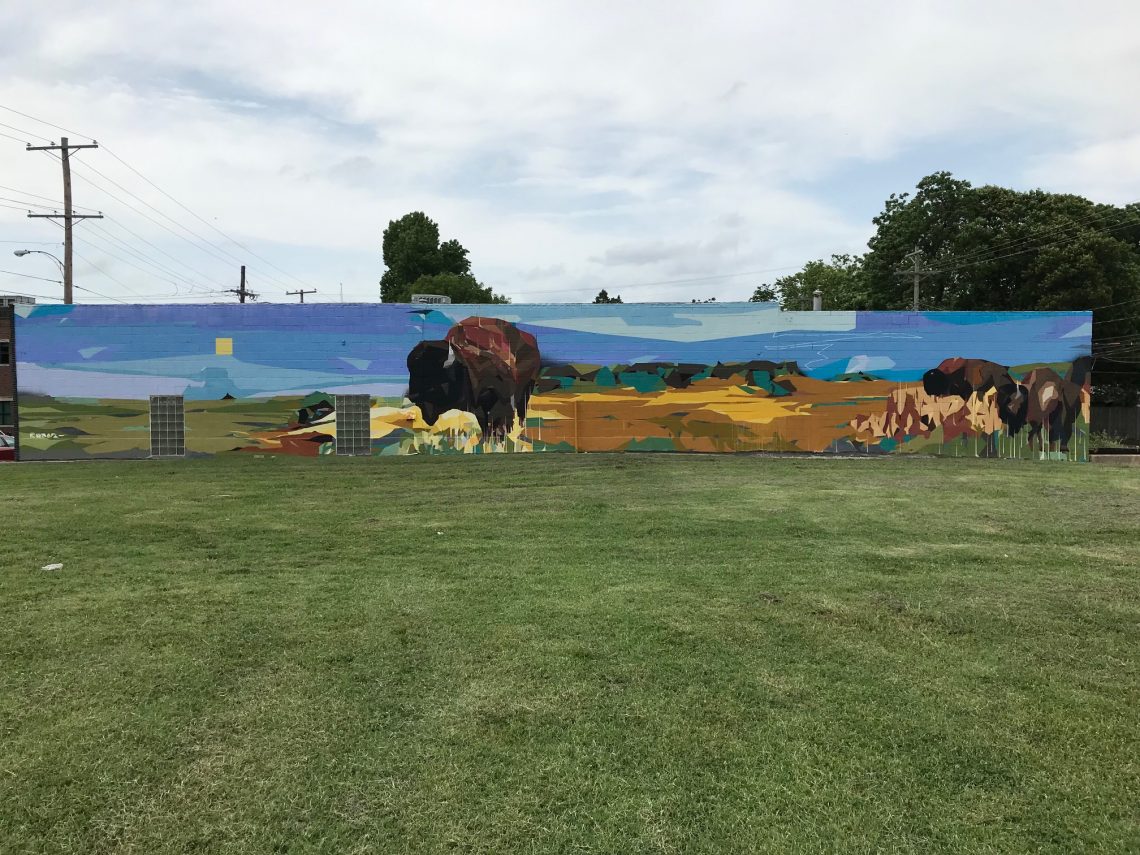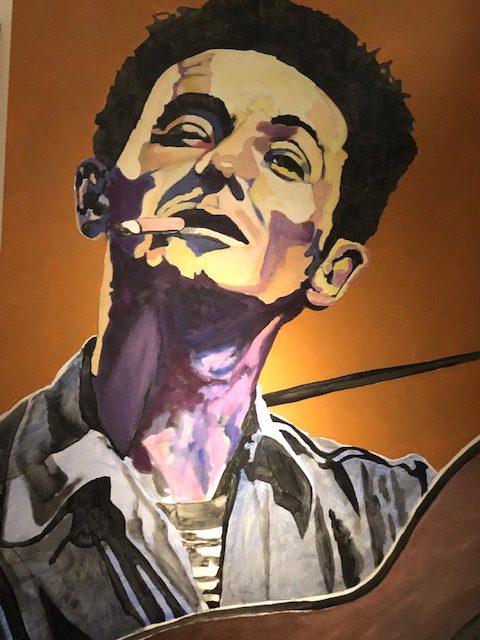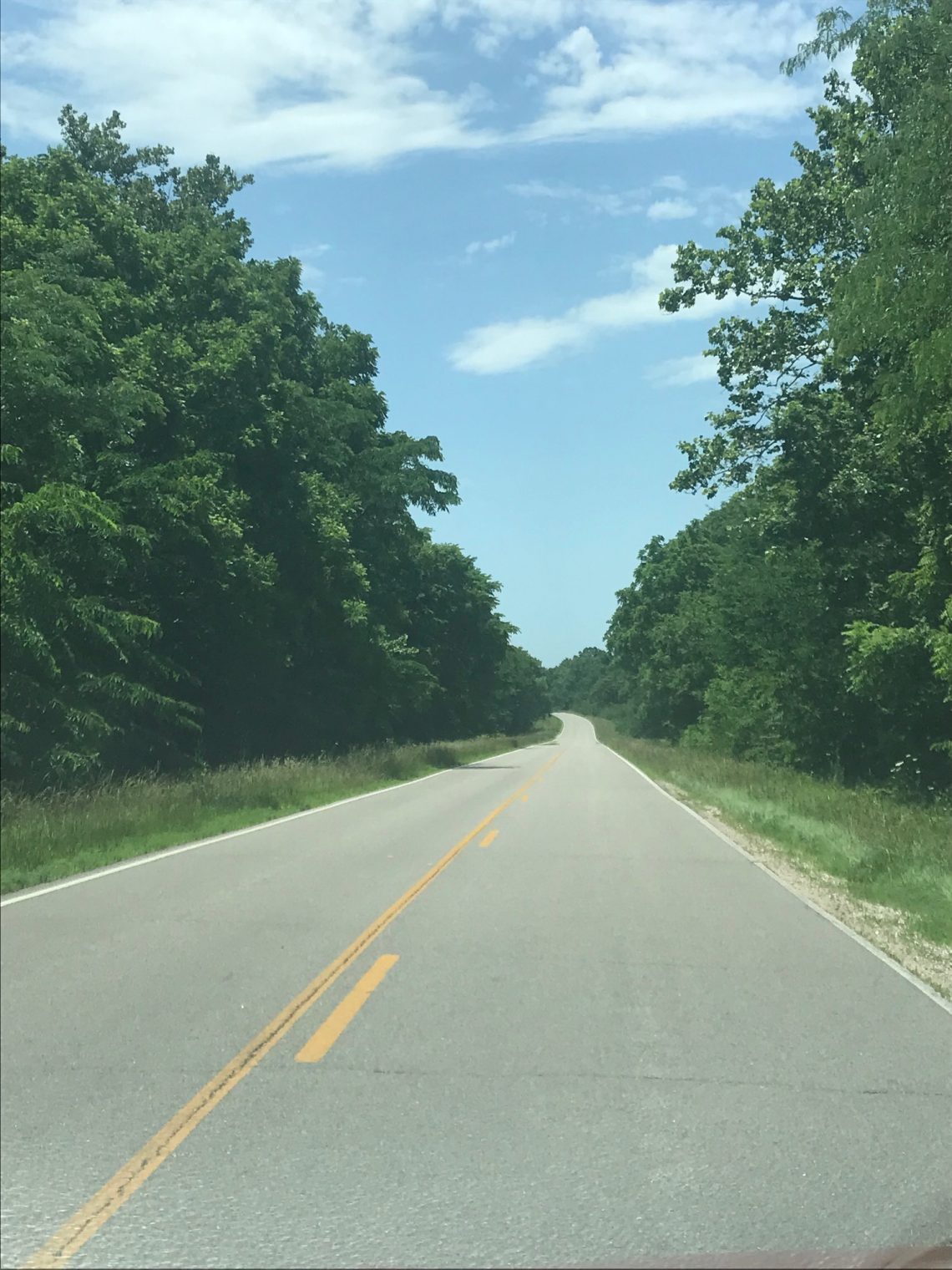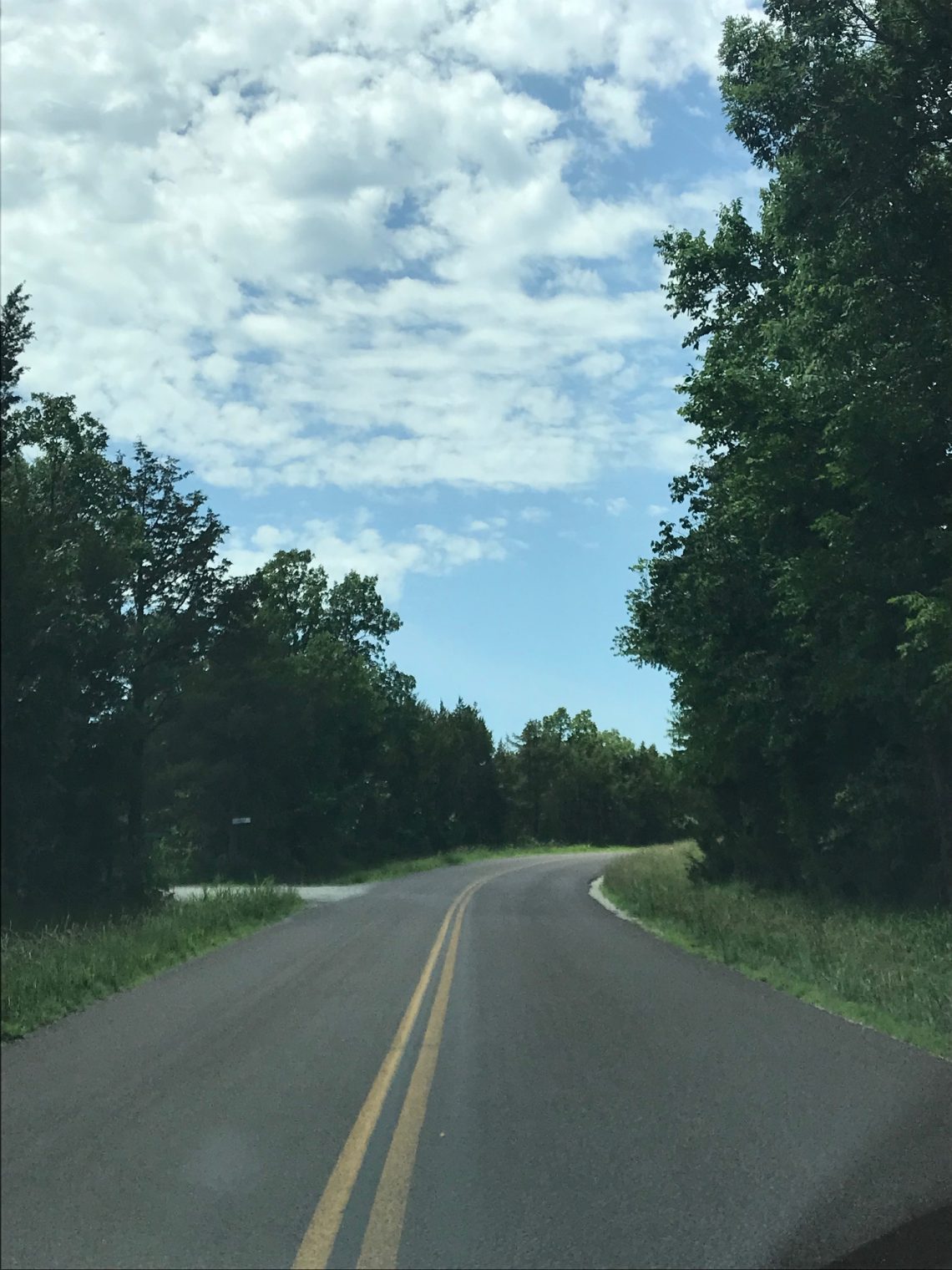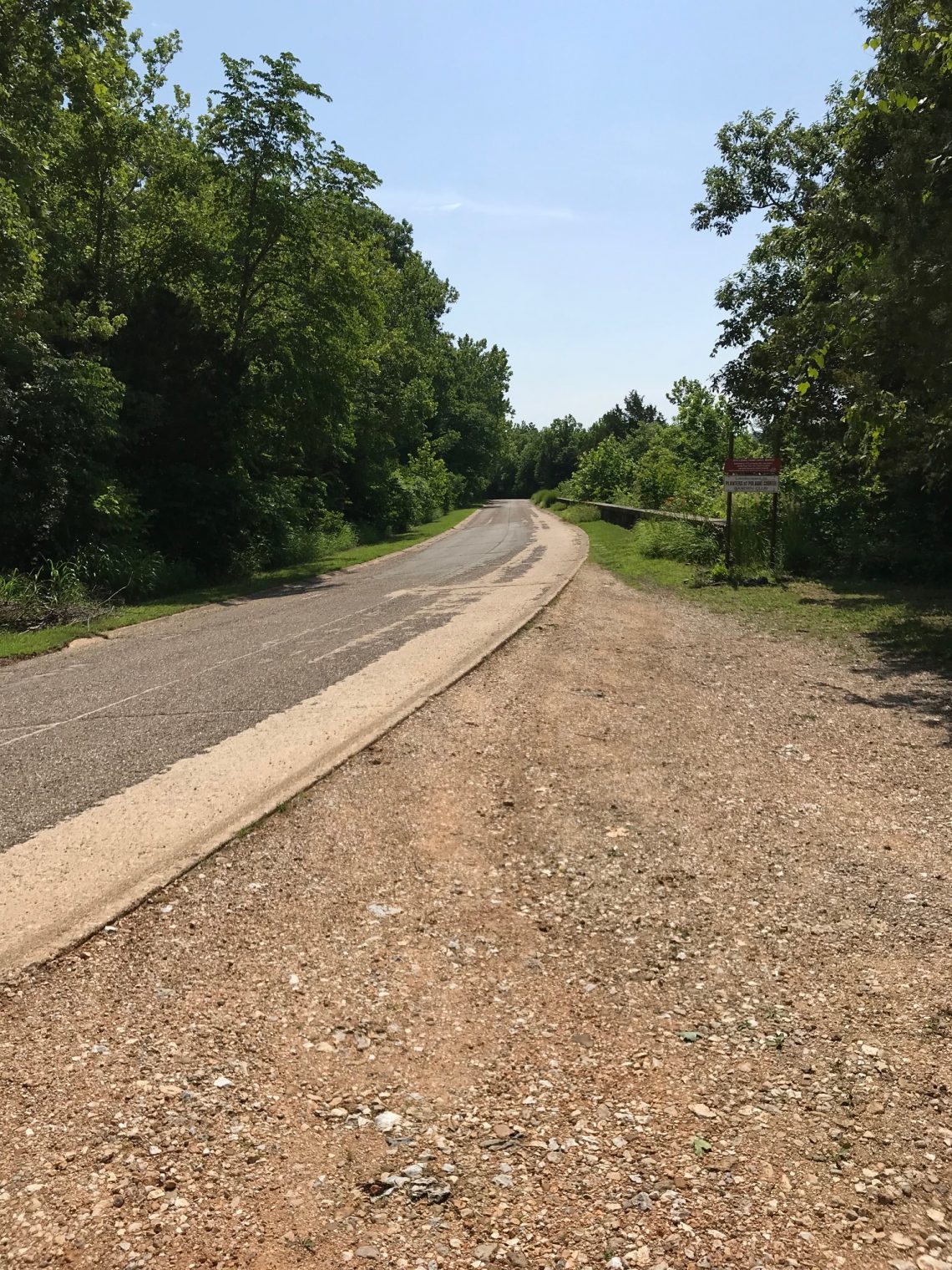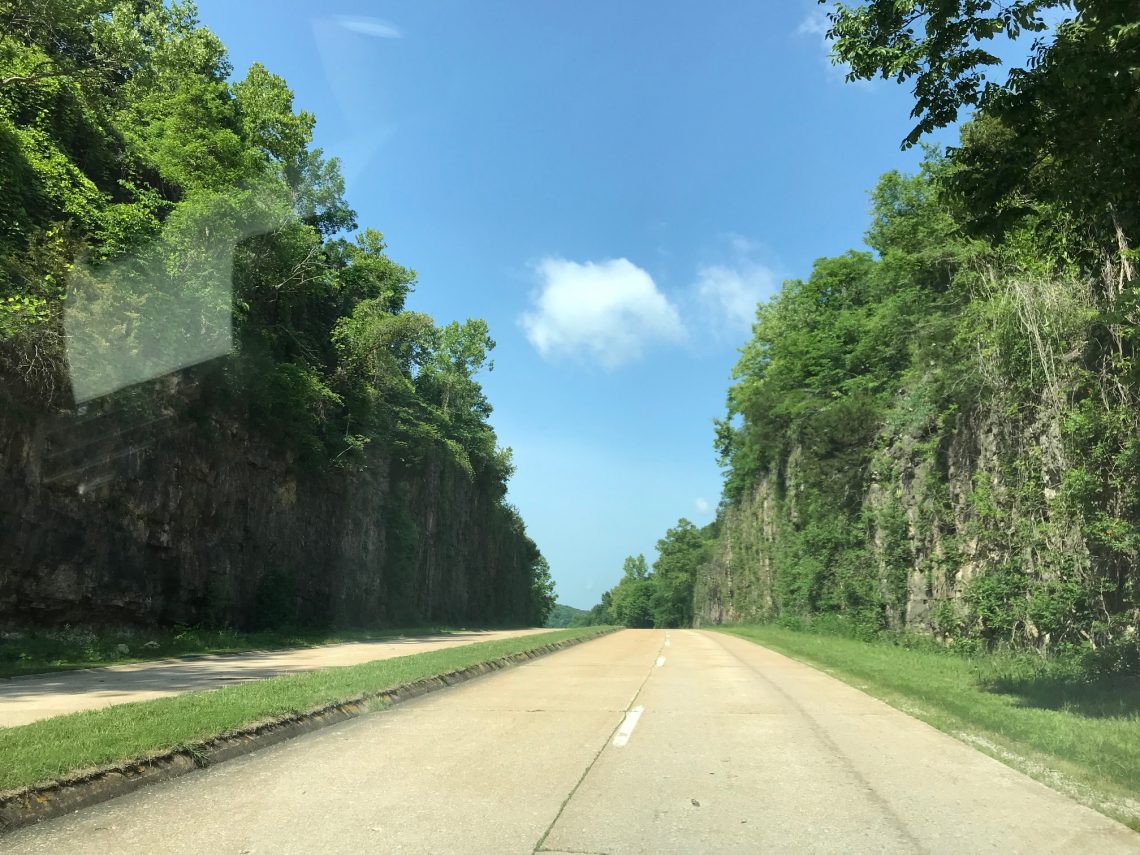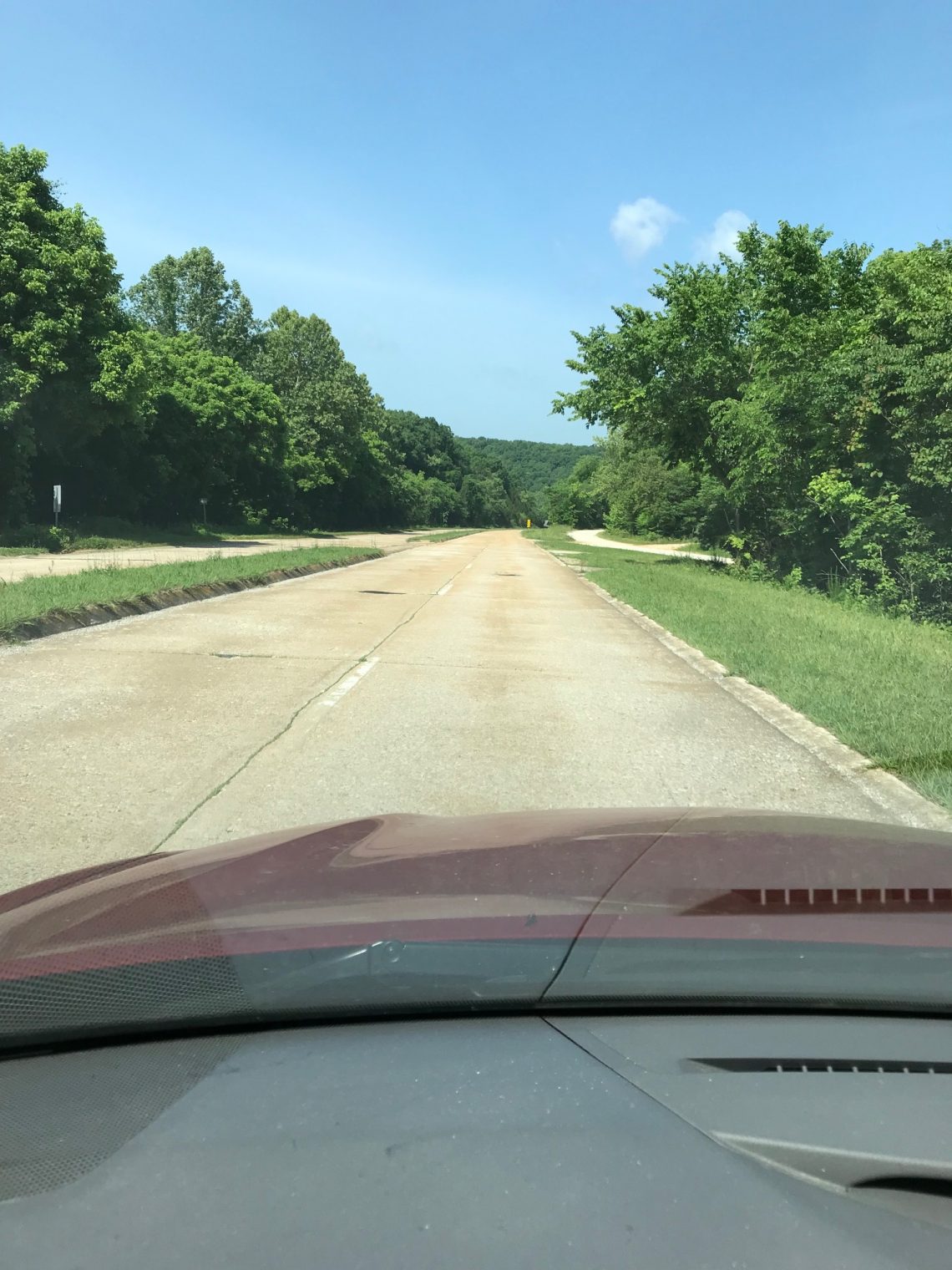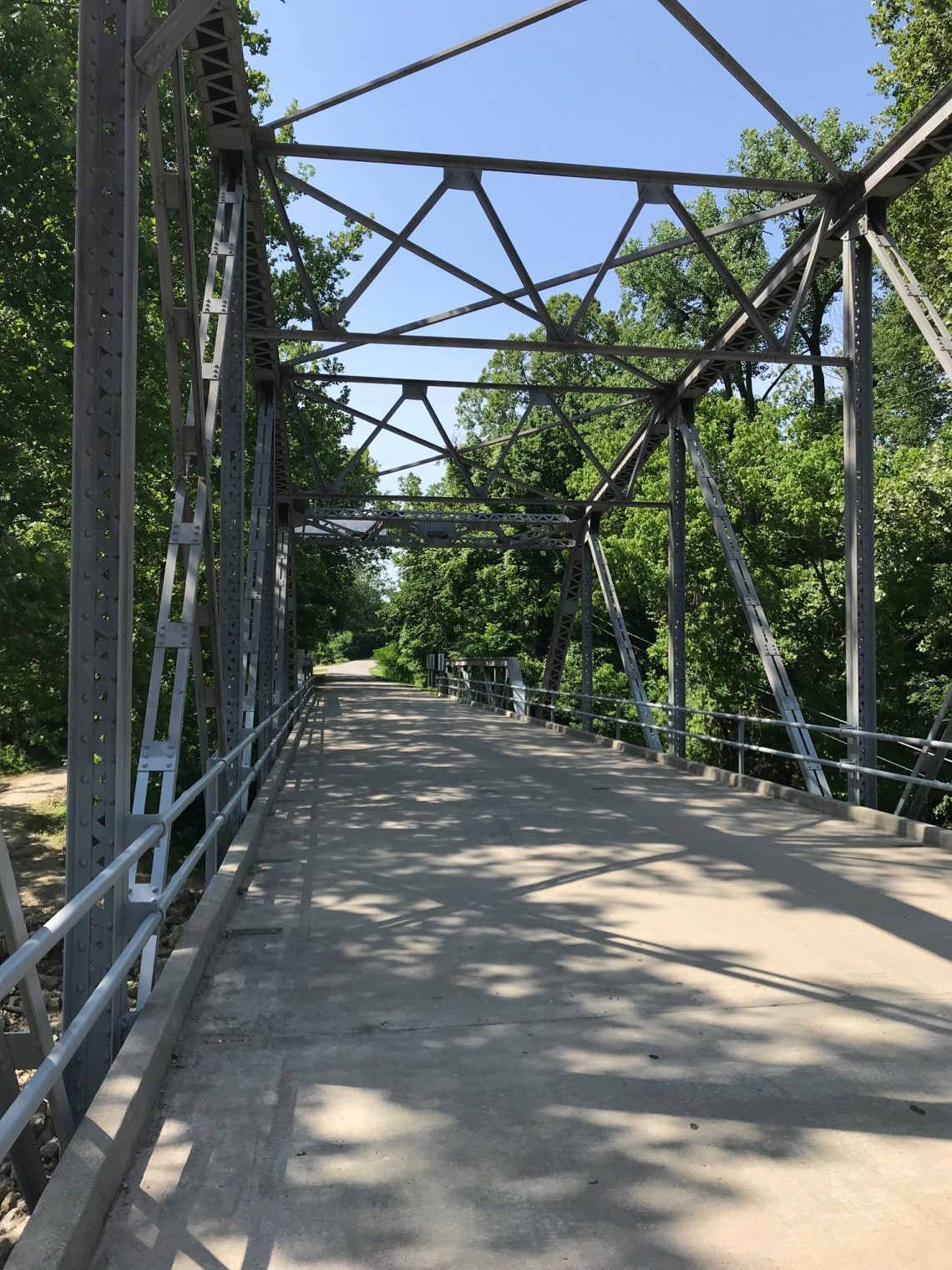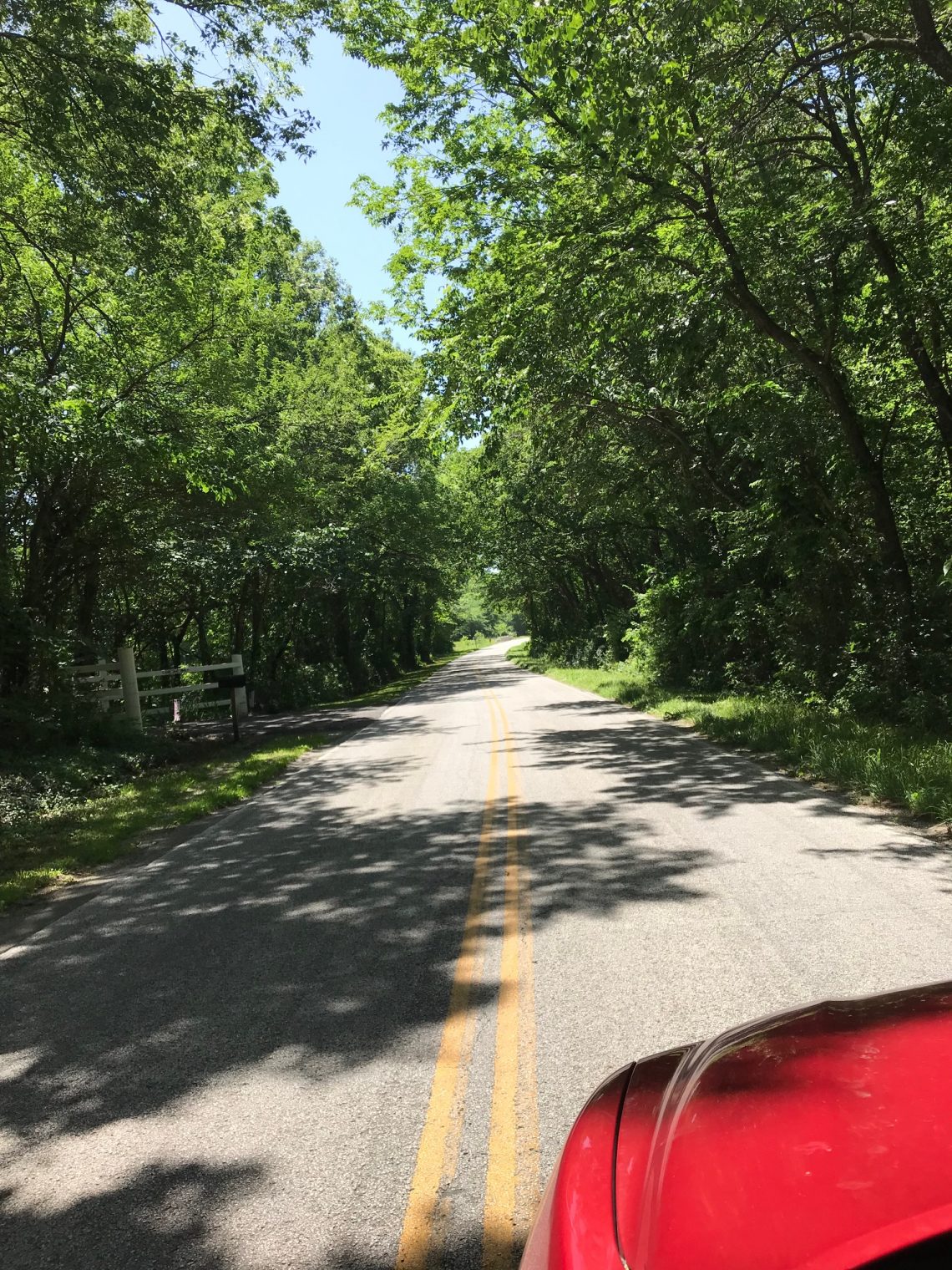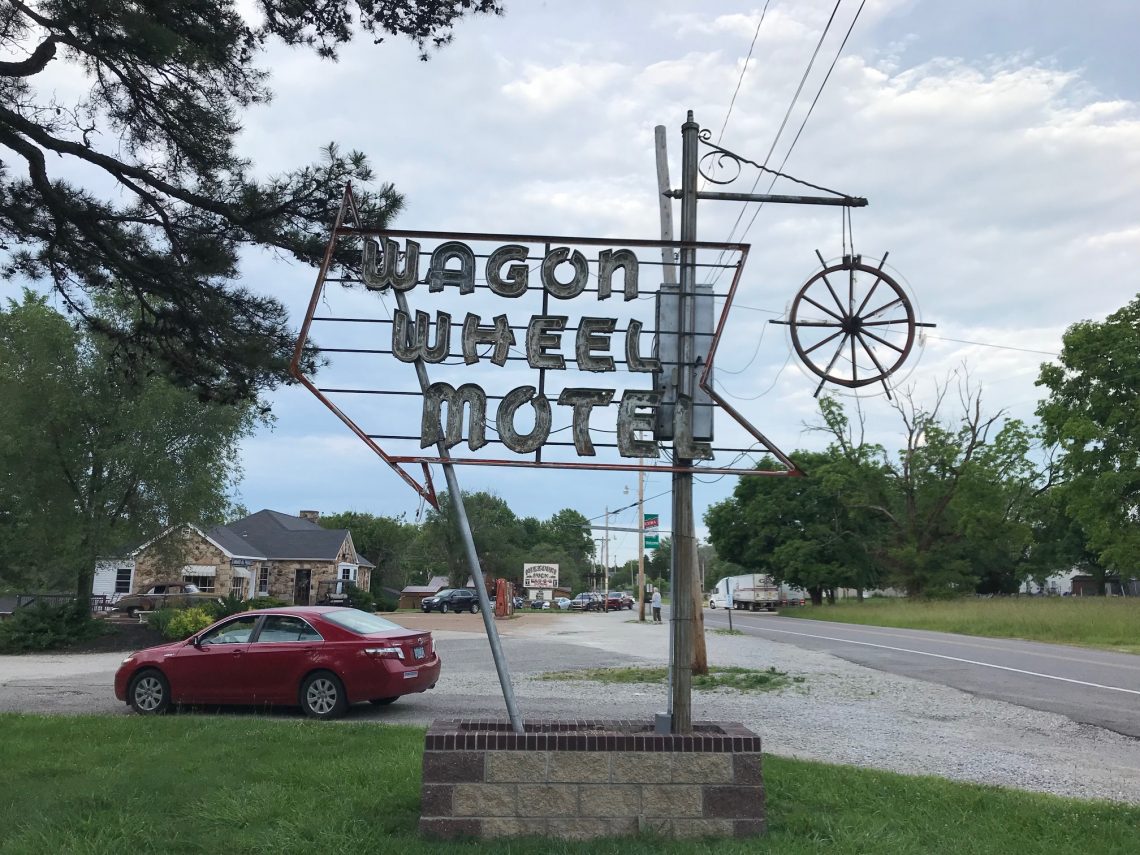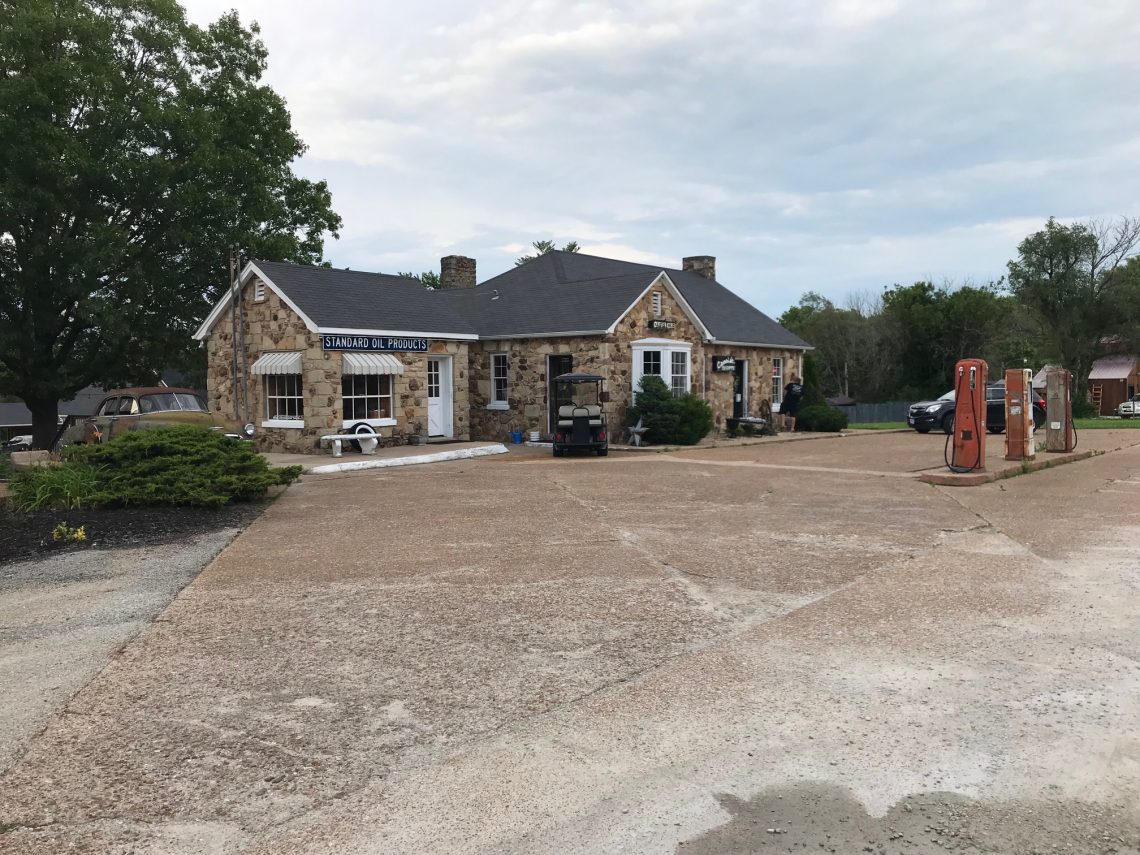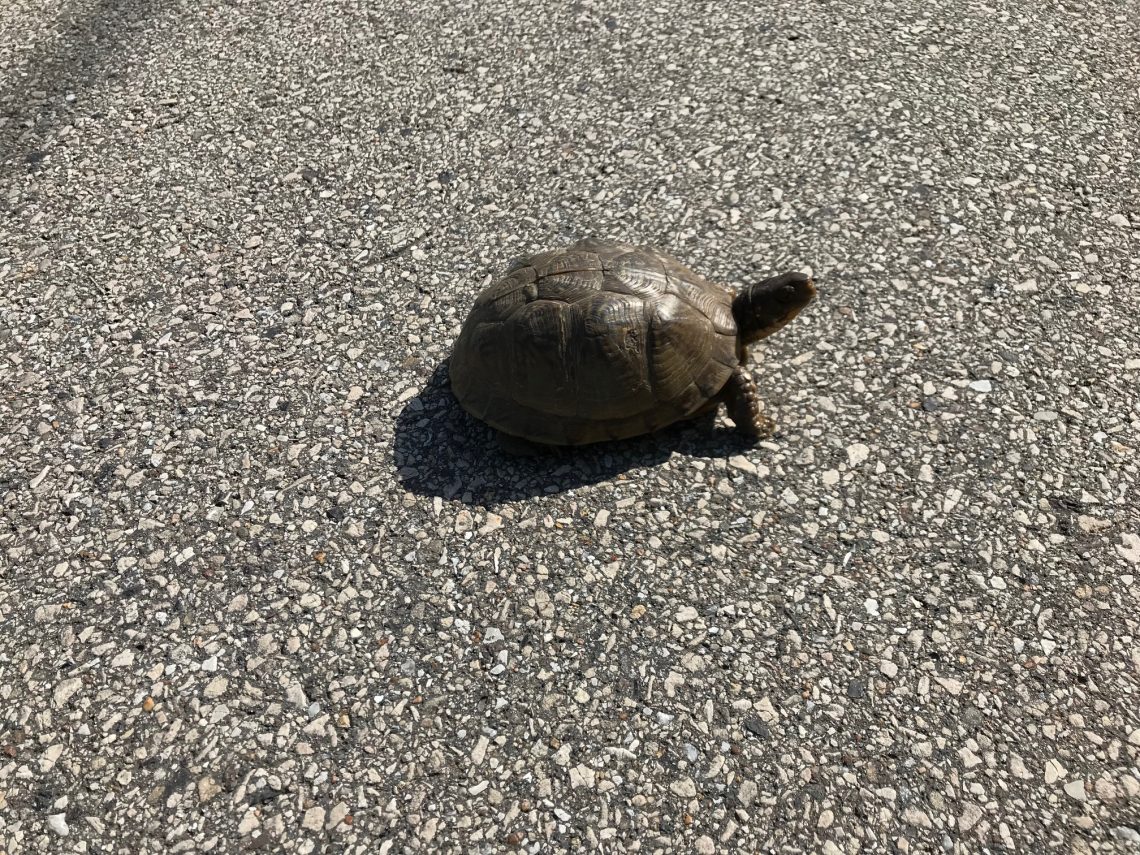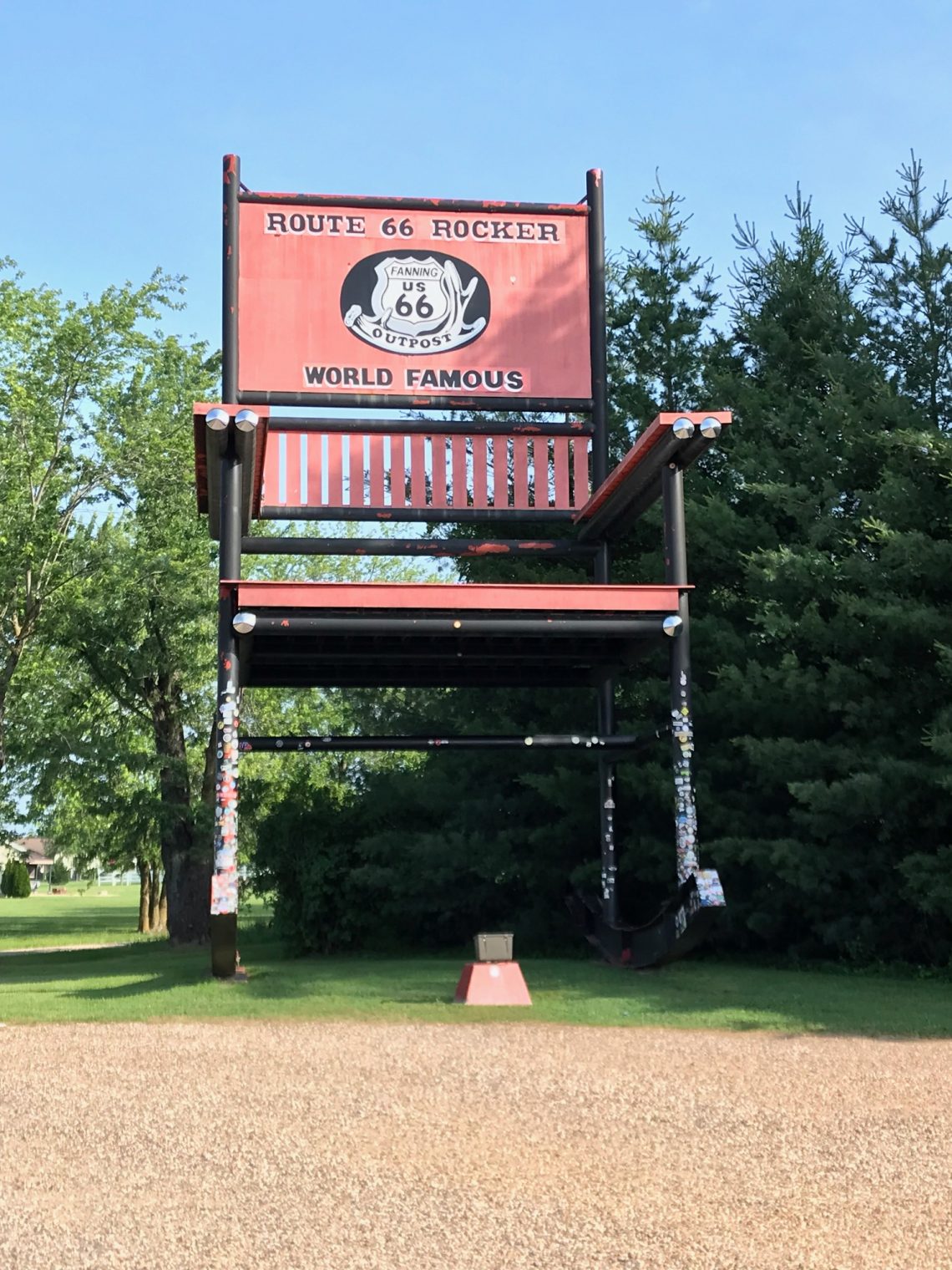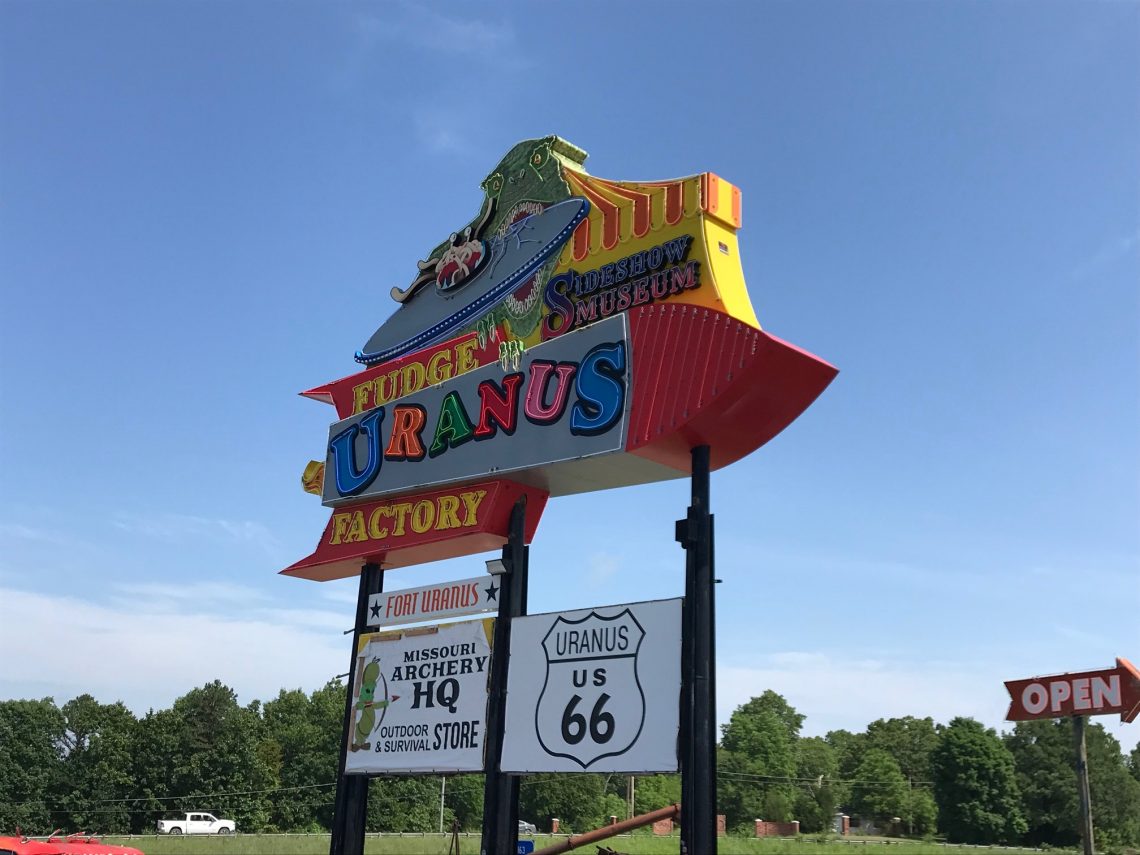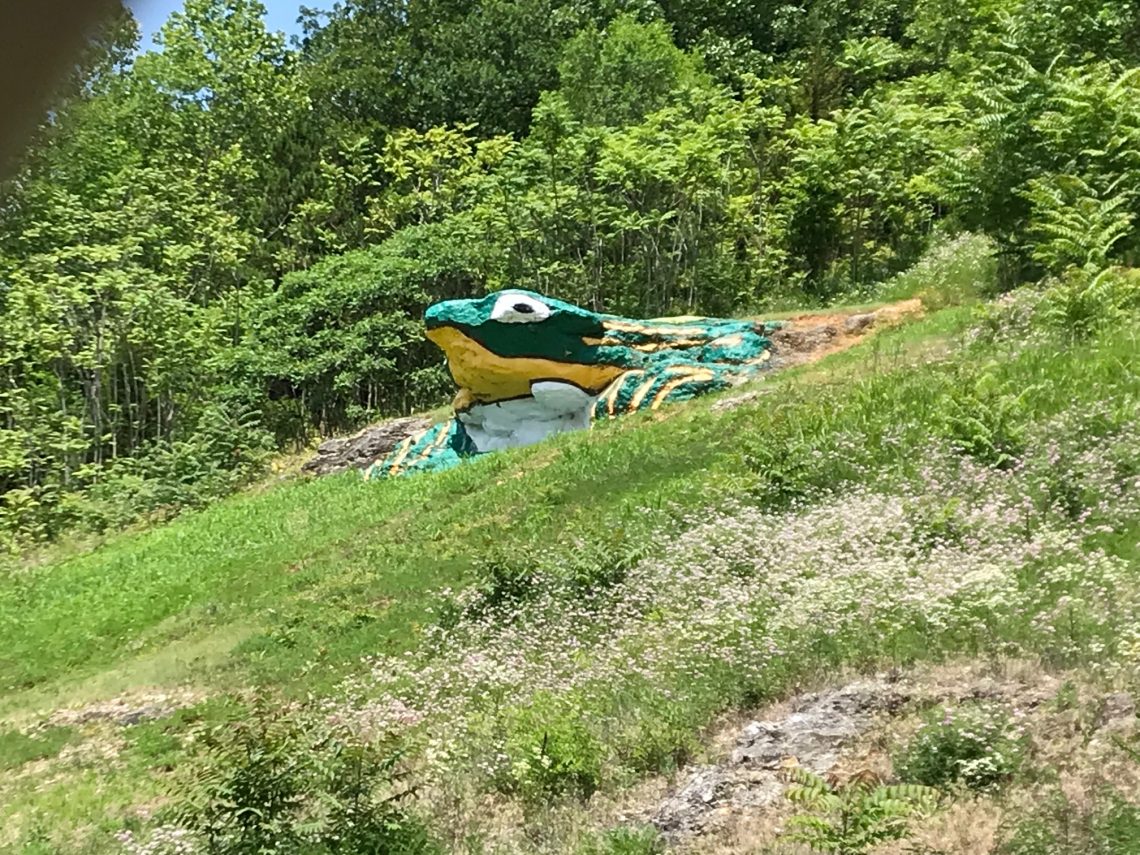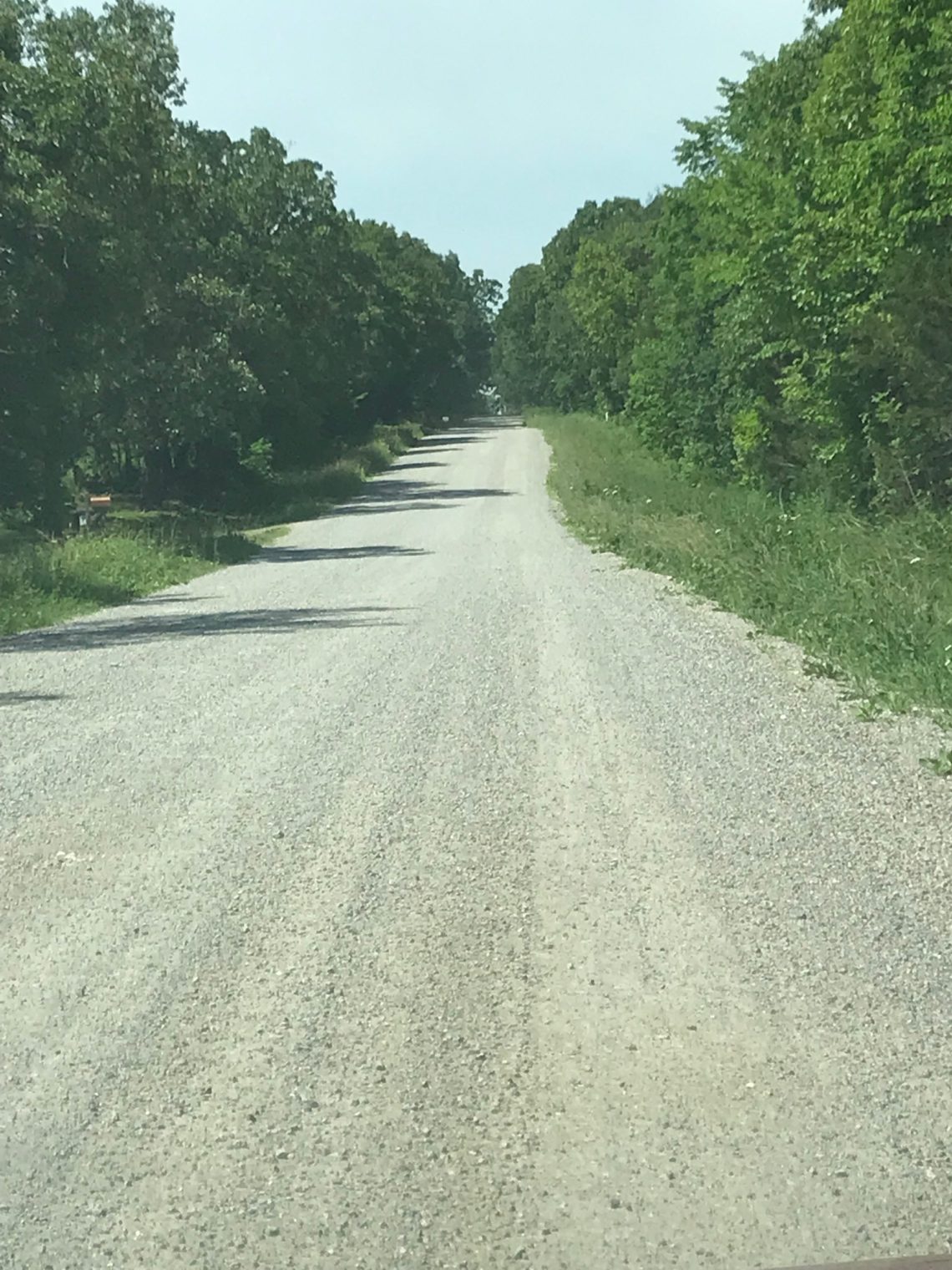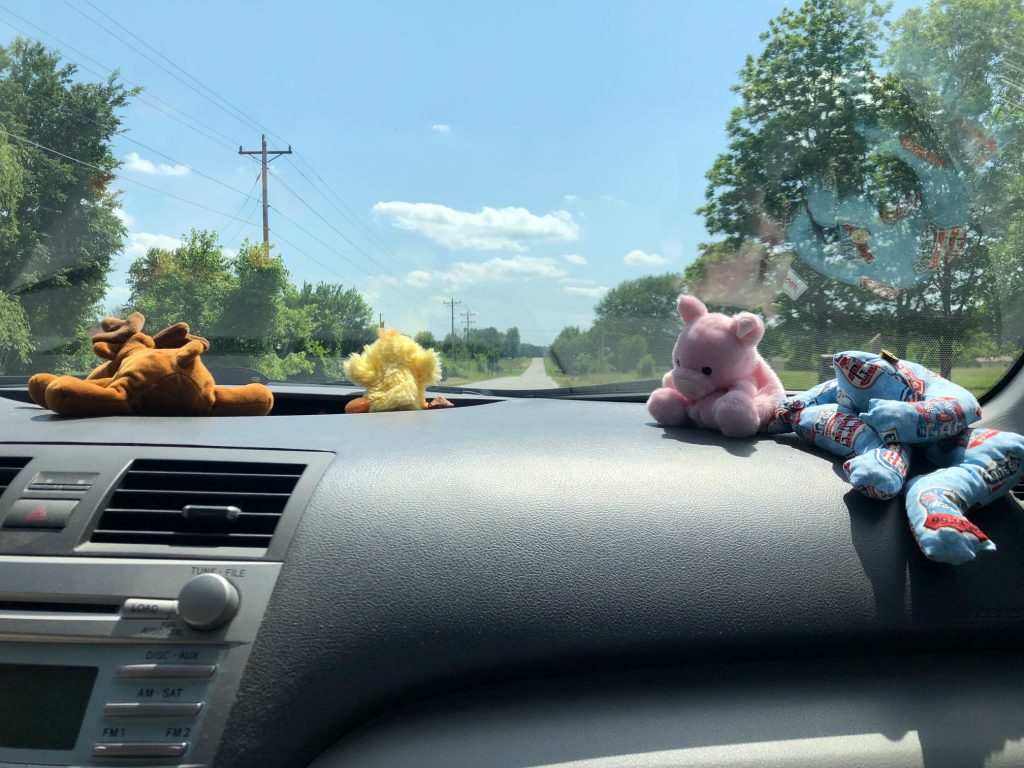Every day is interesting on Route 66, but last Sunday was one of the more interesting ones.
We started out early from Cuba, MO, where we’d spent the night in the Wagon Wheel Motel, a sweet little classic Route 66 motel that has been lovingly cared for. Had breakfast at a cute diner (mediocre food, though), and headed out. Spotted my first armadillo. It had not survived its previous encounter with a car, however. Poor thing.
Turtles
Dash and I were gabbing away, when I spotted something moving across the road in the middle of my lane. A live armadillow, I thought.
But no. It was a tortoise, moseying its turtle-y way.
But no. It was a tortoise, moseying its turtle-y way across the highway. (We did not ask it why.).
“Oh, no!” gasped Dash.
There was no traffic coming the other way, so I swerve, and the turtle went under the car and not under the wheels.
Flat turtle disaster averted.
Then I looked back.
That turtle wasn’t moseying any more. I swear she’d picked up her shell and, like a nun lifting her skirts for a fifty-yard dash, she was running on her hind legs for all she was worth. By time she was out of sight in the rearview mirror, and we had stopped laughing, she was across the road and heading into the tall grass.
We stopped at Fanning, MO, for a shot of the world’s second largest rocking chair, where we met a family from New York driving to Grand Canyon. We met them again when we stopped at Uranus Fudge Company (and yes, they get a lot of mileage out of that joke). (Pleasure talking to you, Kim. Hope your daughter liked her T. Rex pic.)
Turnarounds
We spent most of the day, however, meandering along curving, treed lanes in this gloriously beautiful southern Missouri countryside. Gently rolling hills, fields, meadows. Everything was fresh and brilliantly green, even though it was 91 degrees with 98% humidity, so hot and muggy it was like being hit with an anvil when we got out of the car.
Then it happened, as it had to, sooner or later. We were swooping along a beautiful backroad, the verges filled with wildflowers—echinacea, rudibeckia, chicory, and tiger lilies. Blue jays, cardinals, and redwing blackbirds were dodging the car. And ahead, there was a road closed sign.
Take alternate route? What alternate route? We were surrounded by trees. The only alternate route was a gravel road with a “Trail of Tears” sign on it.
Dash quickly consulted her iPad (which we’ve christened Dot) and found an alternate route to the freeway and to Marshfield–along another gravel road.
Trail of Tears
As we got back on the Route again, we found ourselves behind a traffic jam. On Route 66. This seemed odd. Up ahead, there were police cars and a dozen bike riders. Earlier in the day, we’d stopped at Laughlin Park at Roubidoux Springs in Waynesville, MO, which had been a stop for the Cherokee who had been forcibly removed from Georgia and were being marched along the Trail of Tears to Oklahoma. We’d hoped to be there when the annual Remember the Removal riders came through.
The 2022 Remember the Removal Bike Ride is the 14th bicycle ride commemorating the forced removal of the Cherokee people from their eastern homelands during the fall and winter of 1838-39. The nearly 1,000-mile trek is accomplished over a three-week period as selected riders from the Cherokee Nation and Eastern Band of Cherokee Indians retrace the Northern Route of the Trail of Tears through Georgia, Tennessee, Kentucky, Illinois, Missouri, Arkansas and Oklahoma.
We had missed seeing the riders at Waynesville, but realized there here, after our forced detour, we were following them on a tiny part of their epic ride. It made both Dash and I a bit teary.
Lost in Missouri
Then, because we had tickets to an 8 p.m. concert in Springfield, and we wanted time to cool down, shower and change, we got turned around and despite excellent directions in the EZ 66 Guide, we went the wrong way.
Tootling along in the countryside, Dash realized before I did, that perhaps we had gone astray. It wasn’t until we reached the Yeakley Chapel and cemetery in Plano, MO–which we were not due to pass until the next day–that it dawned that we had indeed, missed the city of Springfield…
Reversing course, we put pedal to the metal and whizzed back up the road to Springfield.
We had reservations at the classic and restored Rockwood Motor Court. And were looking forward to unloading and at least eating before the concert. Then we pulled up in front of the address we had been given. The Keep Out signs, the junk cars in the court, the tarp over the hole in the roof, gave us pause. We thought we had been scammed. While Dash frantically searched the internet for a new place and to see if we had the wrong place, I documented the sad state of affairs.
Then we called the number on the Rockwood website. When, in a voice only slightly panicked, I inquired about the motel, and it’s condition, the very nice woman on the phone assured me I was in front of the wrong motel. We were parked in front of the Shamrock, not the Rockwood, which was three doors away.
The Rockwood is a jewel on 66. Beautifully renovated and cared for, and easily the nicest place we’ve stayed. We would gladly have stayed a few days. But we had…
…Tunes
…to go to. At the Gillioz Theater in downtown Springfield, Dash had gotten us tickets to a performance by banjo-player Bela Fleck. Saying Bela Fleck plays the banjo is like saying Itzhak Perlman plays fiddle a little. Not only is he sensationally talented, but the band with him contained musicians every bit as talented: Justin Moses on dobro, fiddle, and banjo; Bryan Sutton on guitar; Mark Schatz on stand-up bass; Michael Cleveland on fiddle; and Sierra Hull on mandolin. Every one of them was a powerhouse on their own. It was an amazing concert.
Dash and I were pretty bushed after our exciting day, and we had talked about possibly leaving at intermission. But we stayed glued to our seats, and were glad we did.
We were almost asleep before we got in the hotel room door…
Liz
